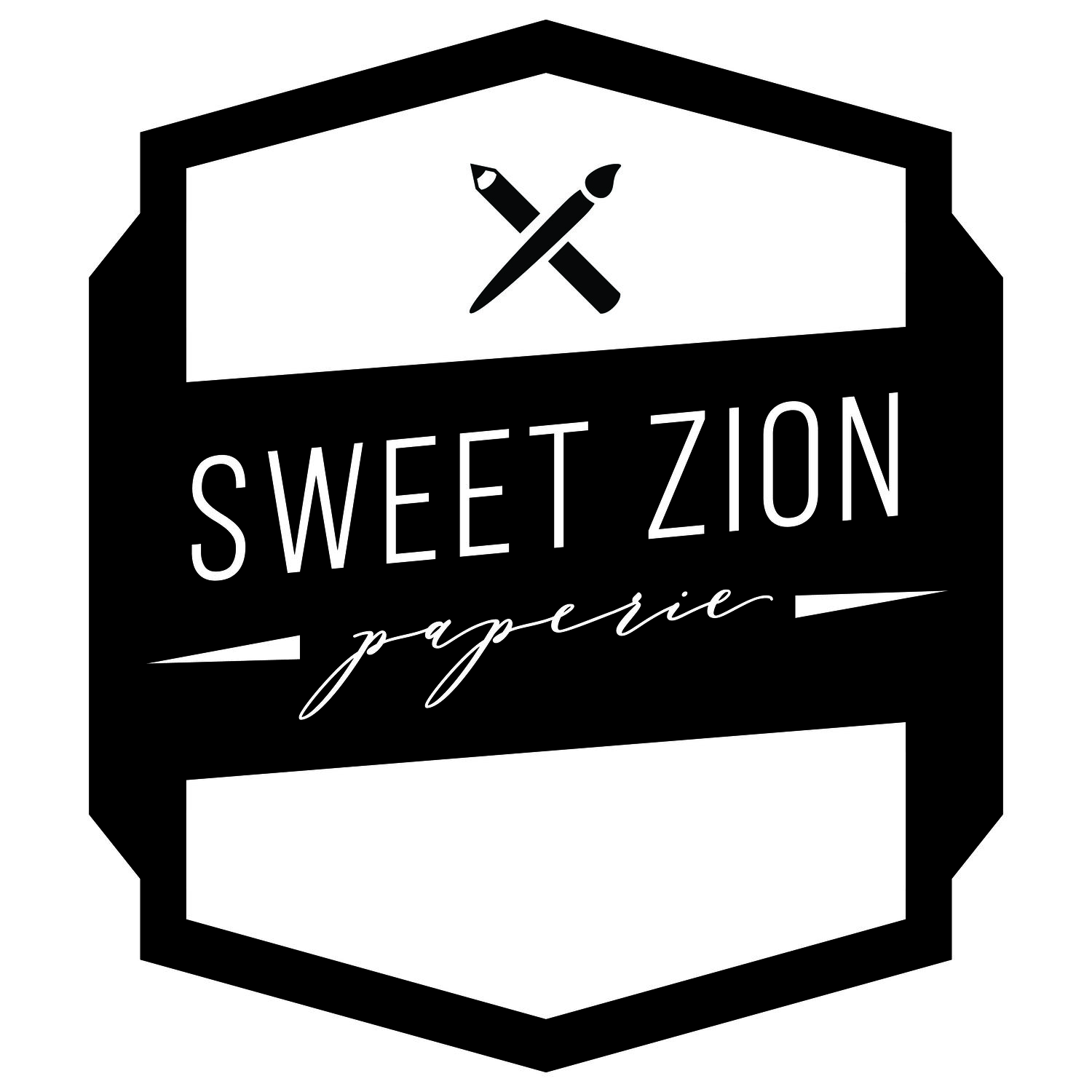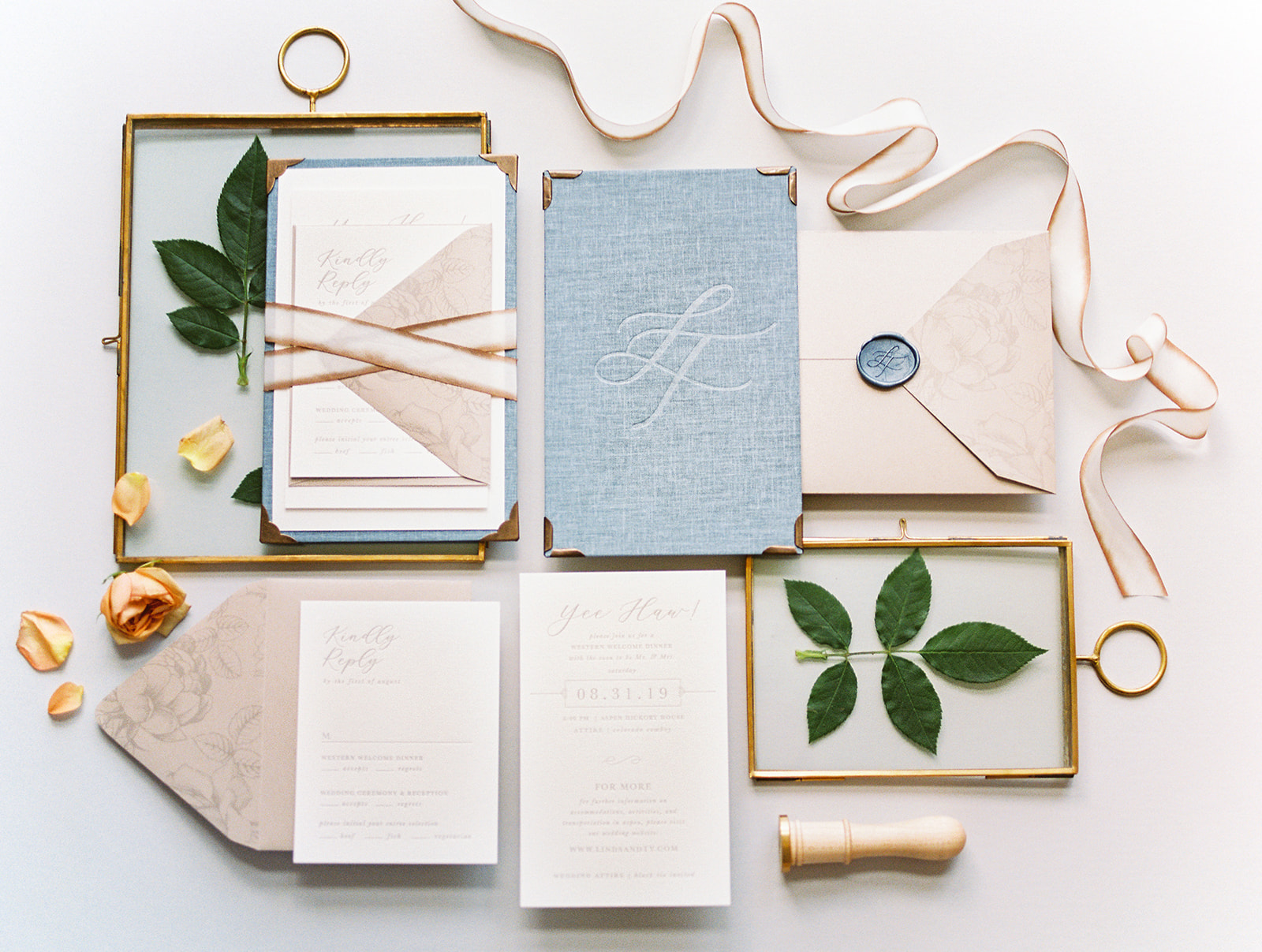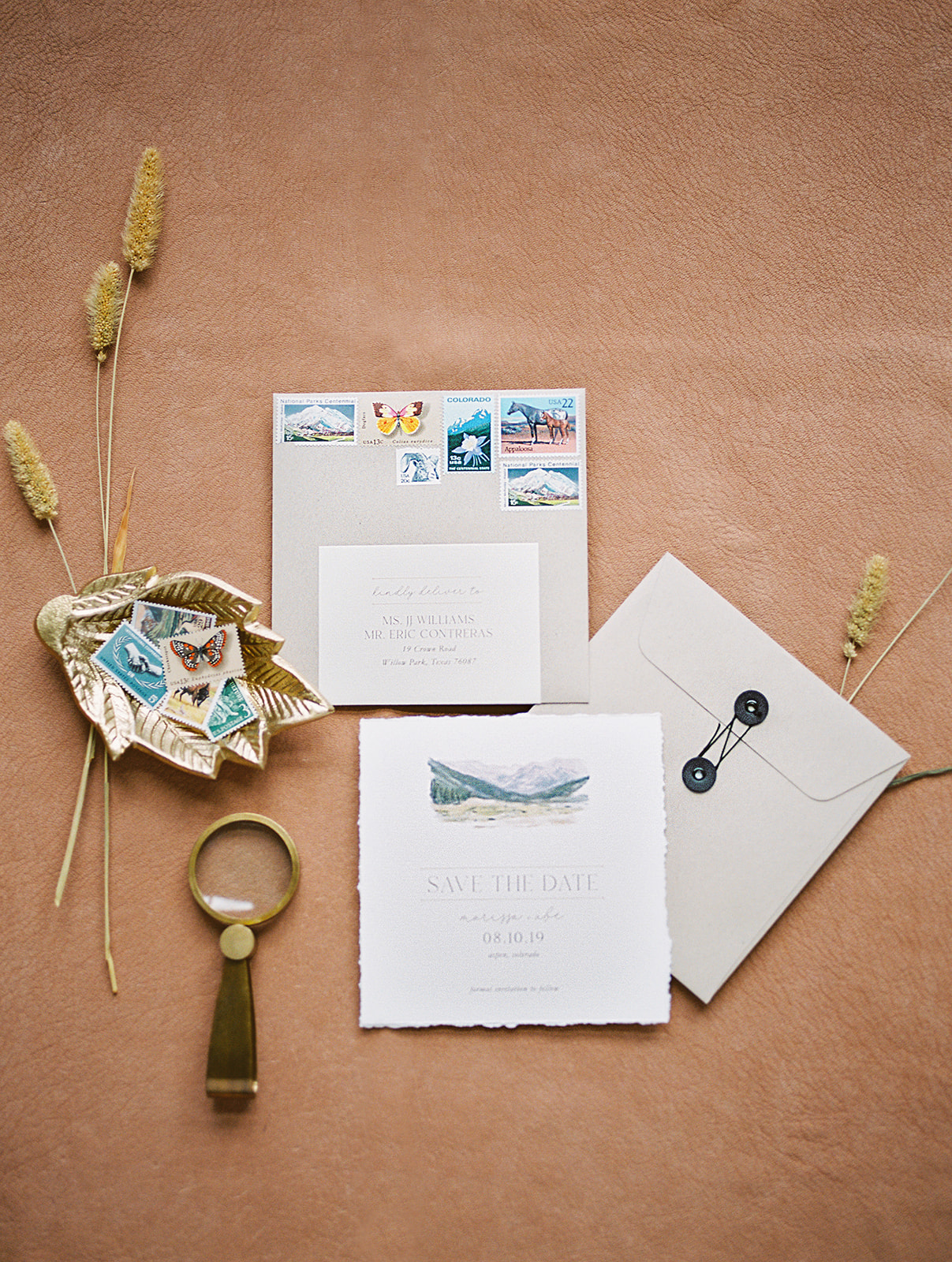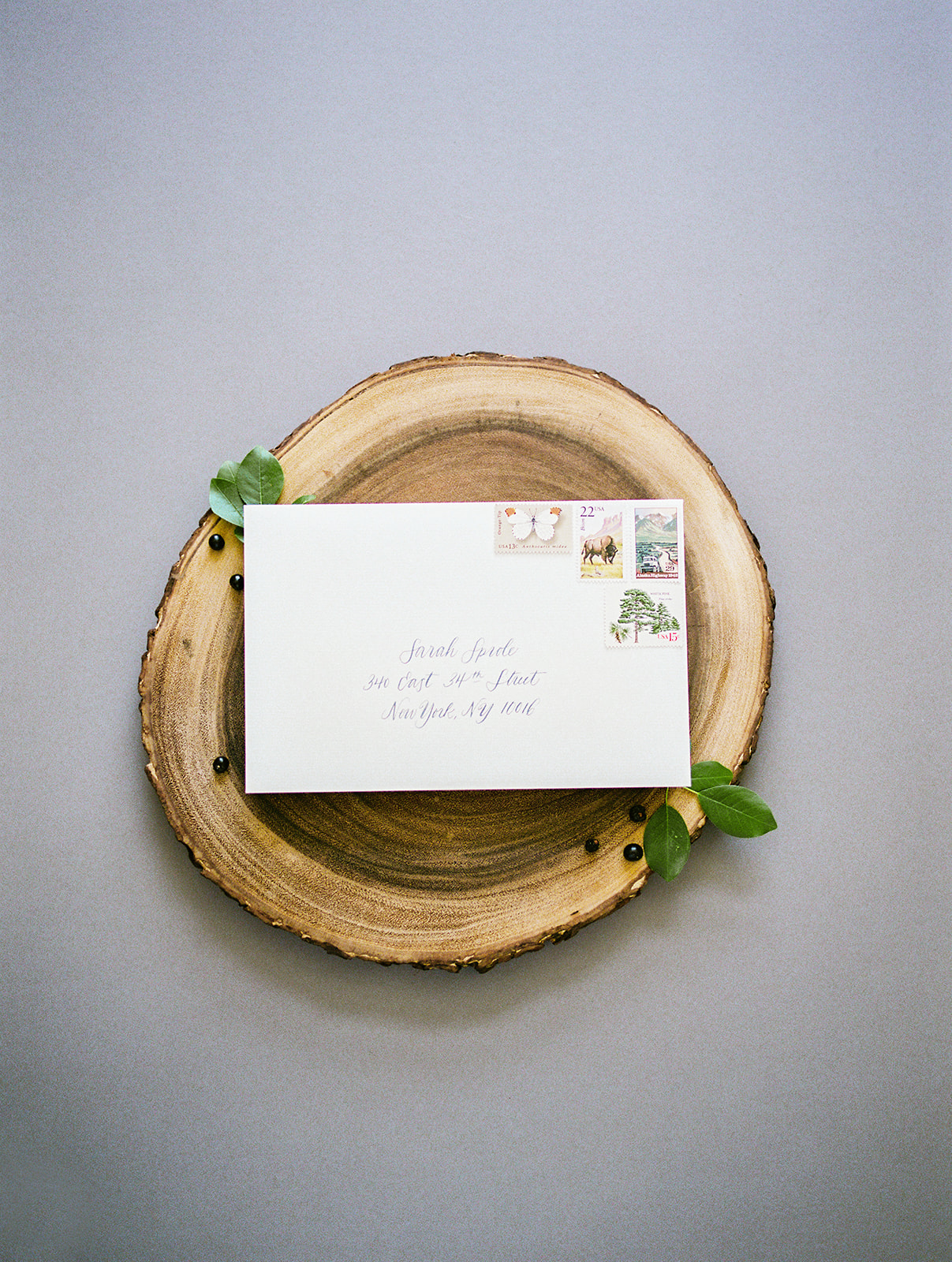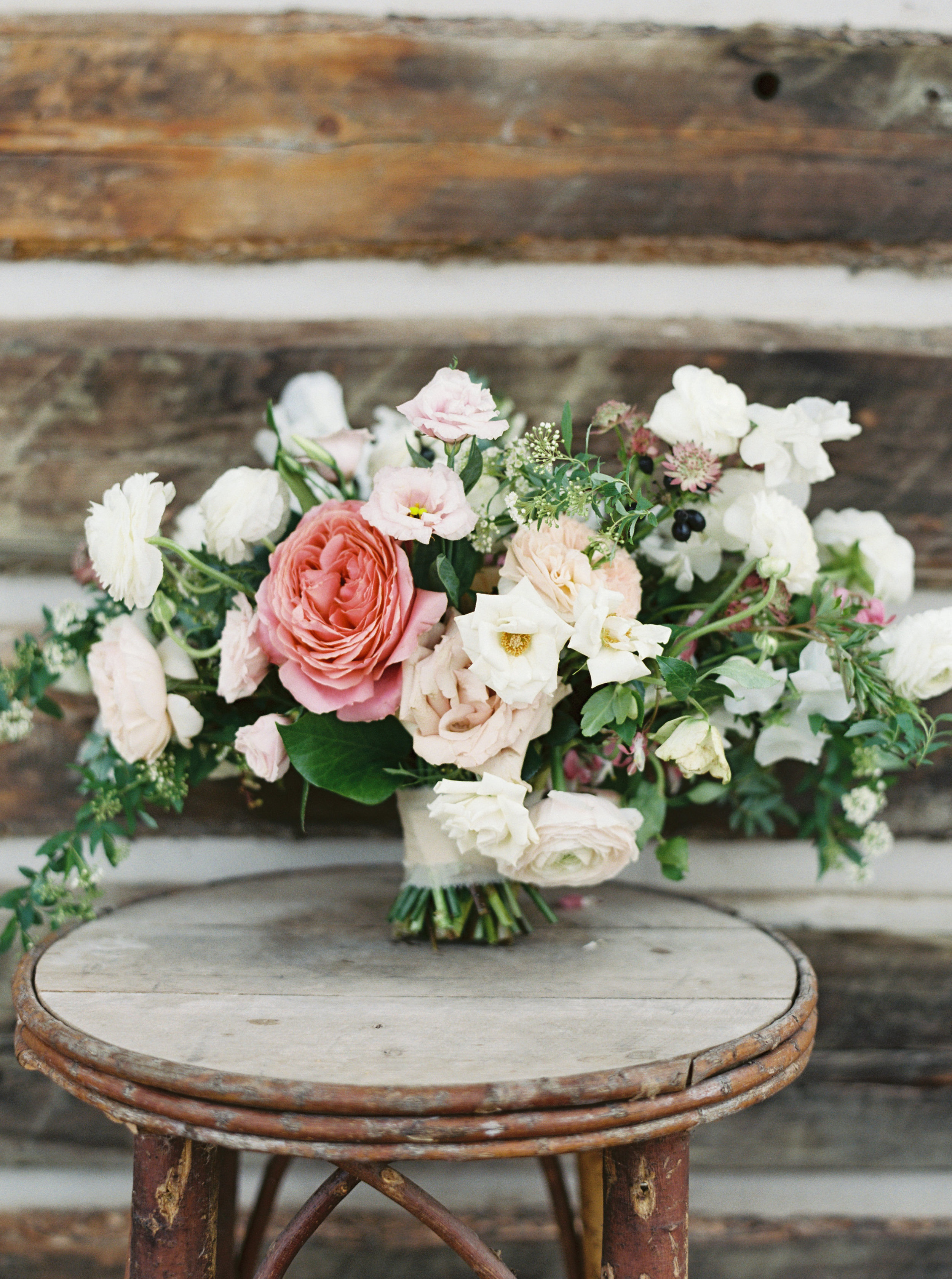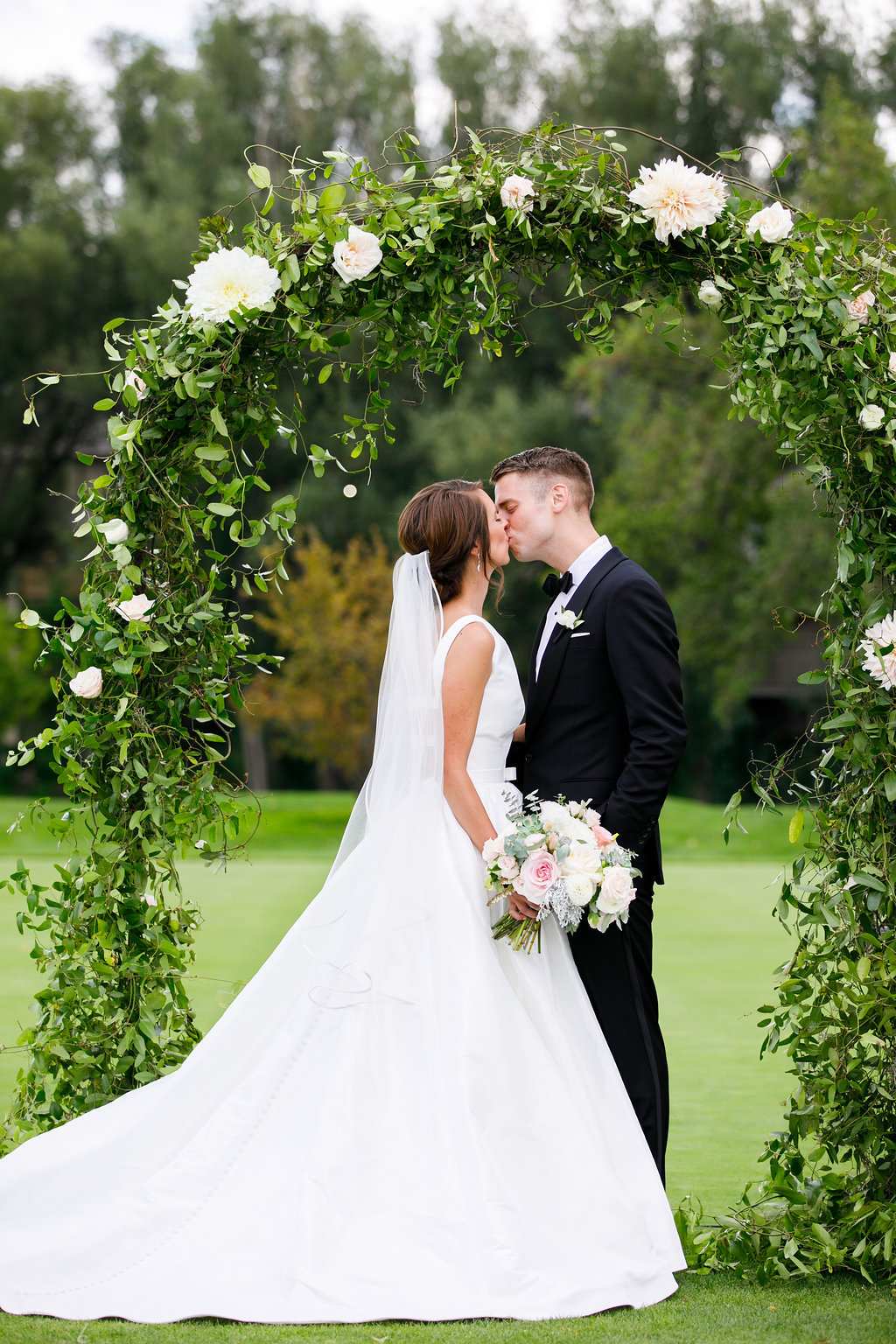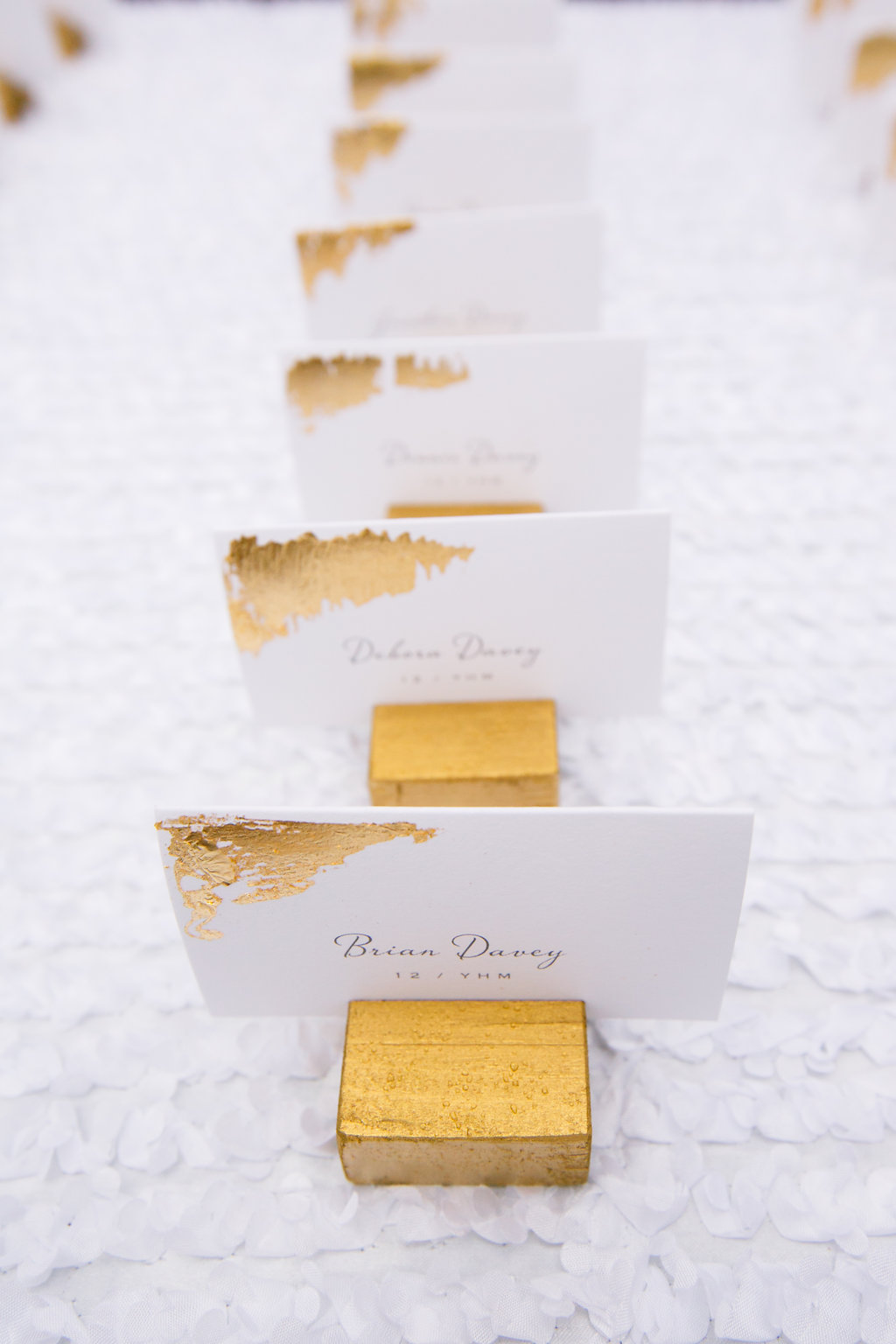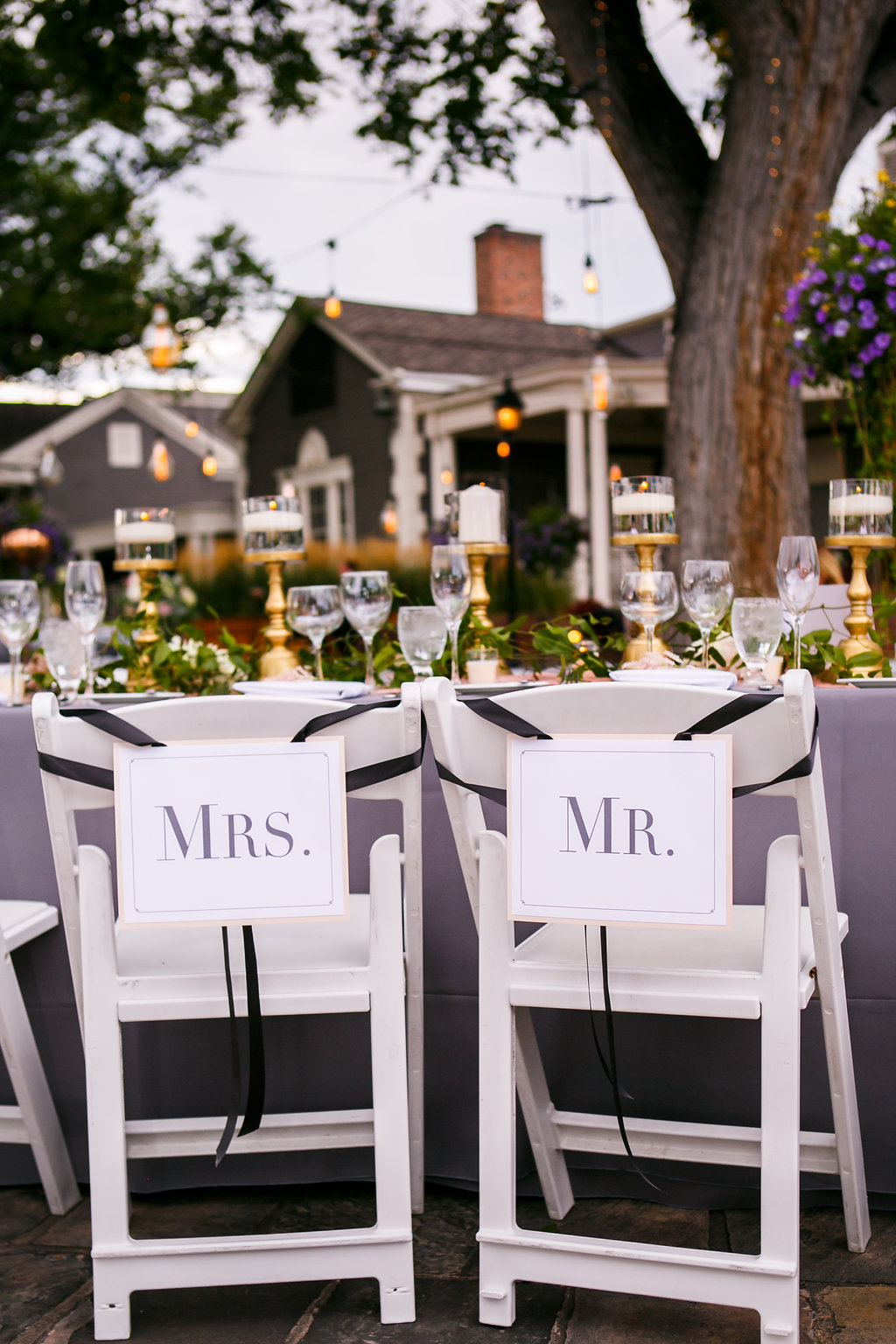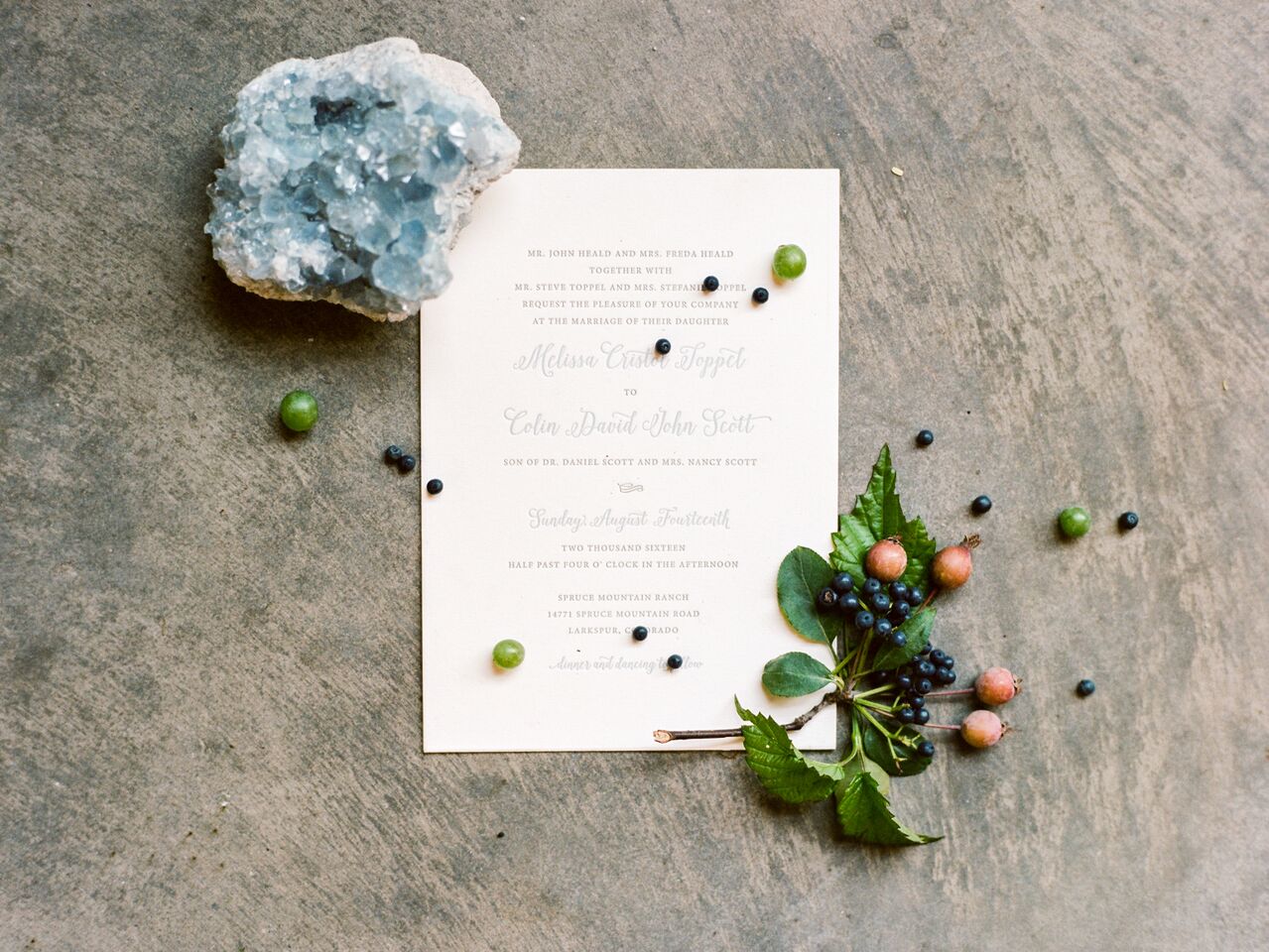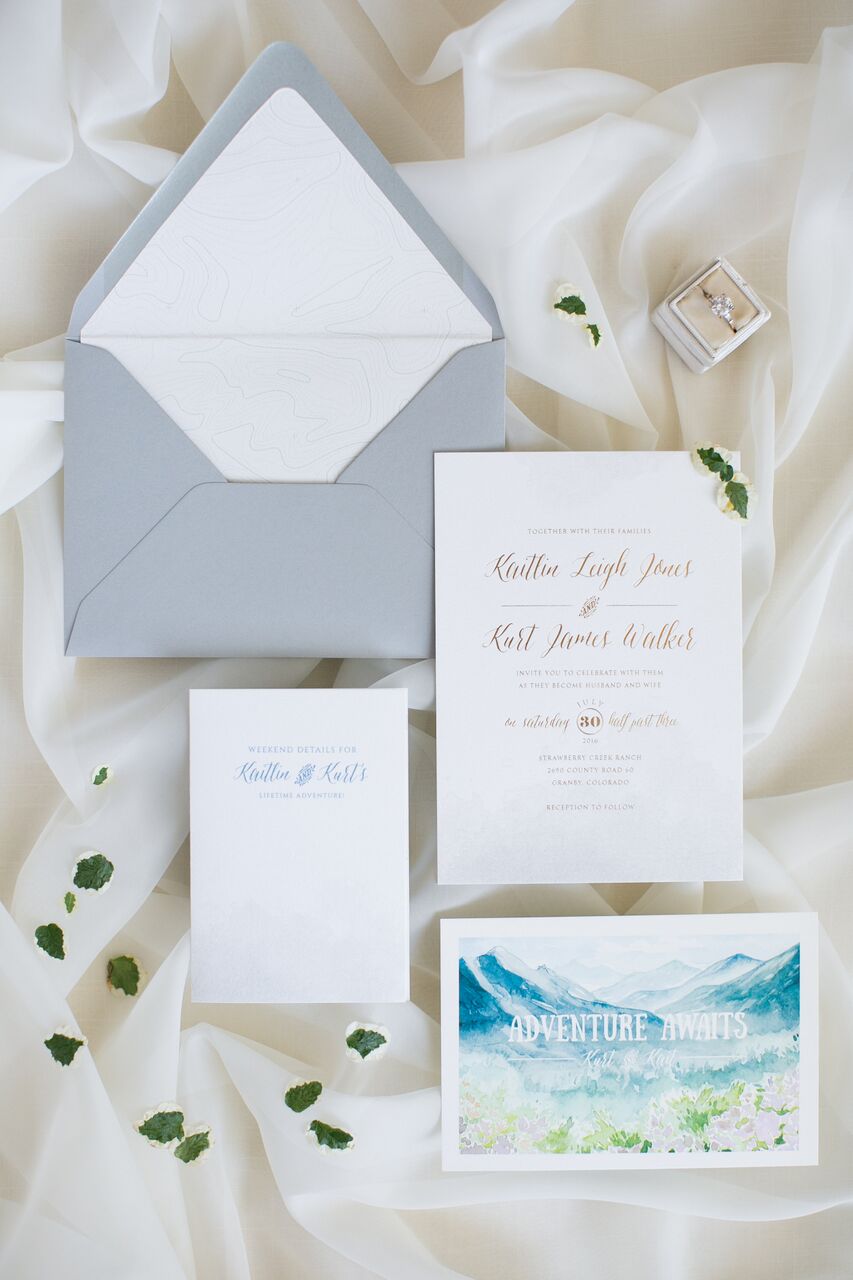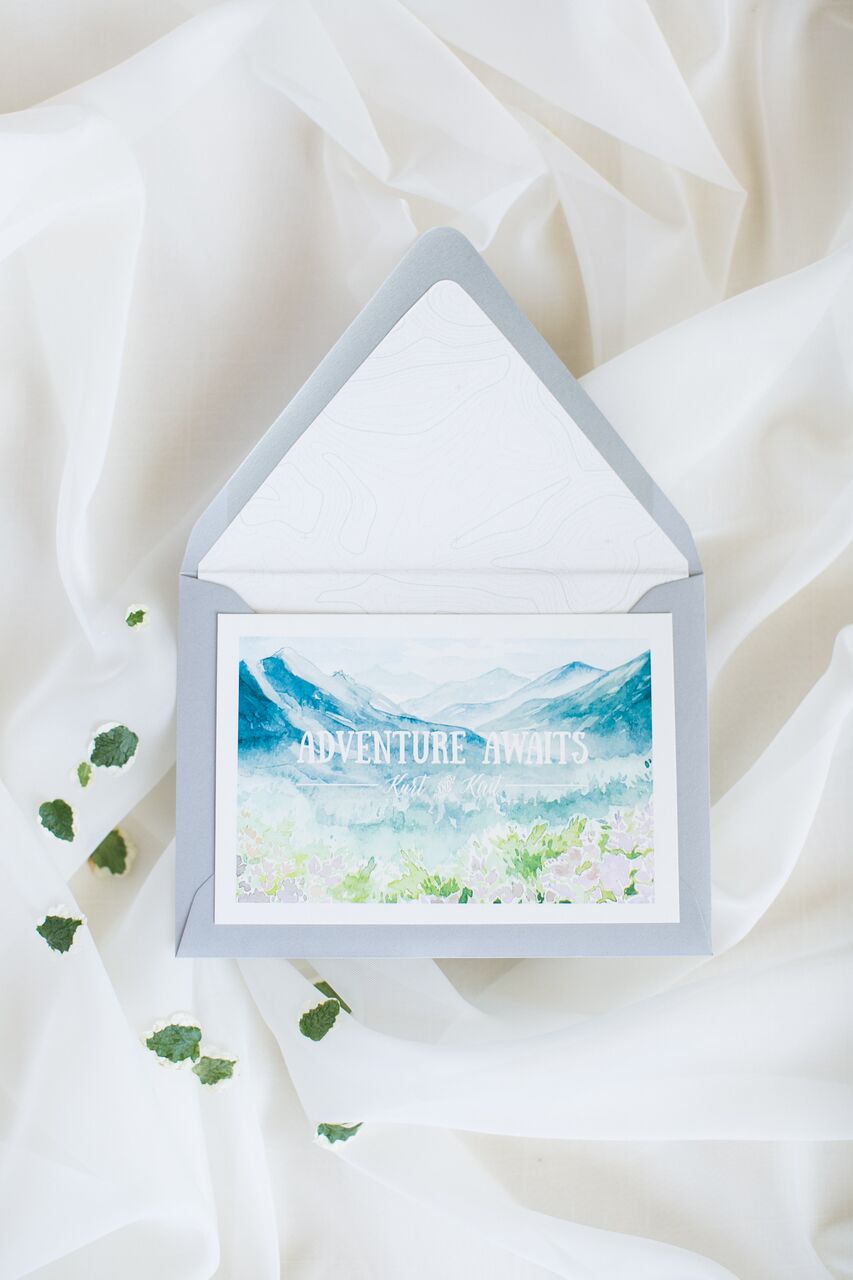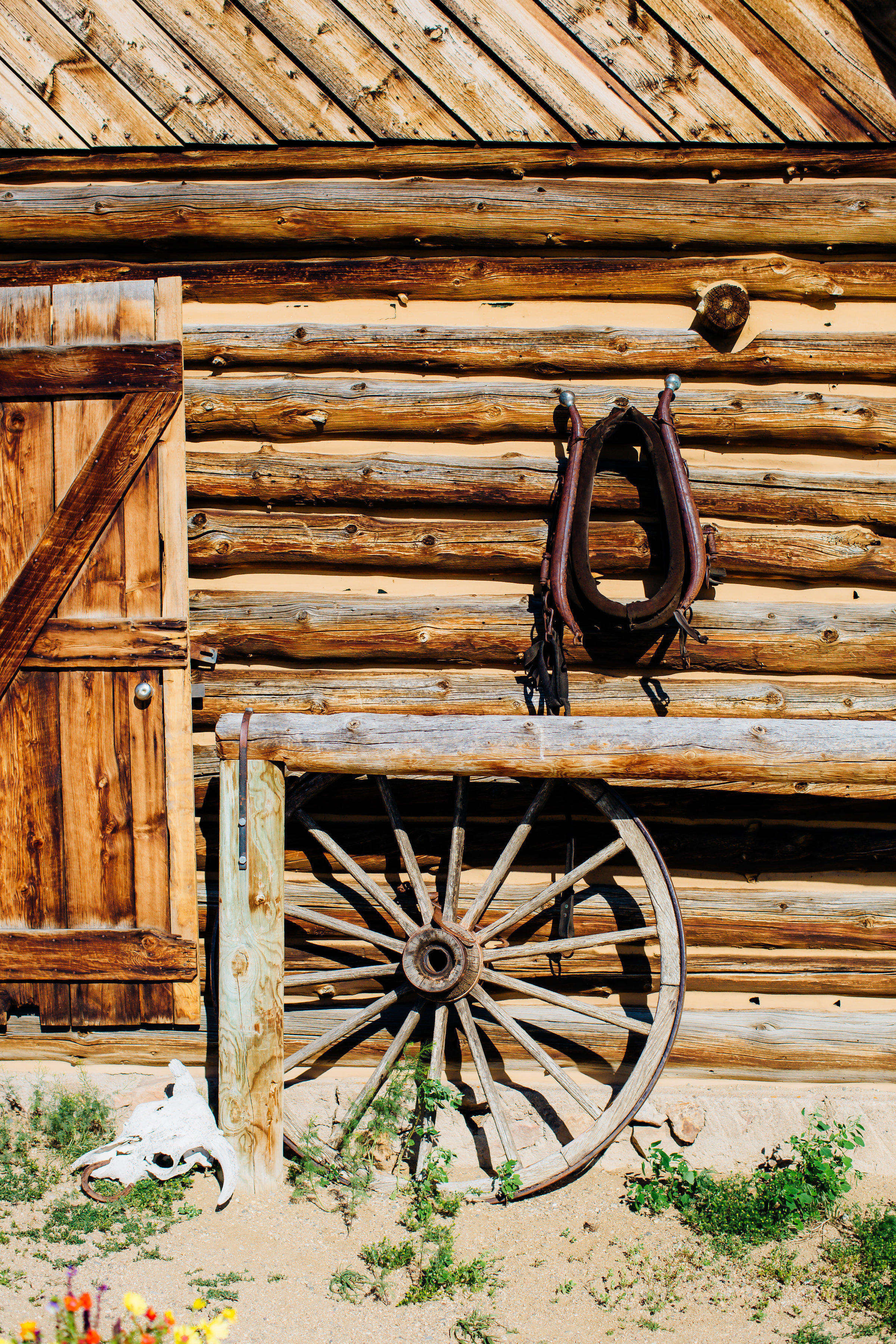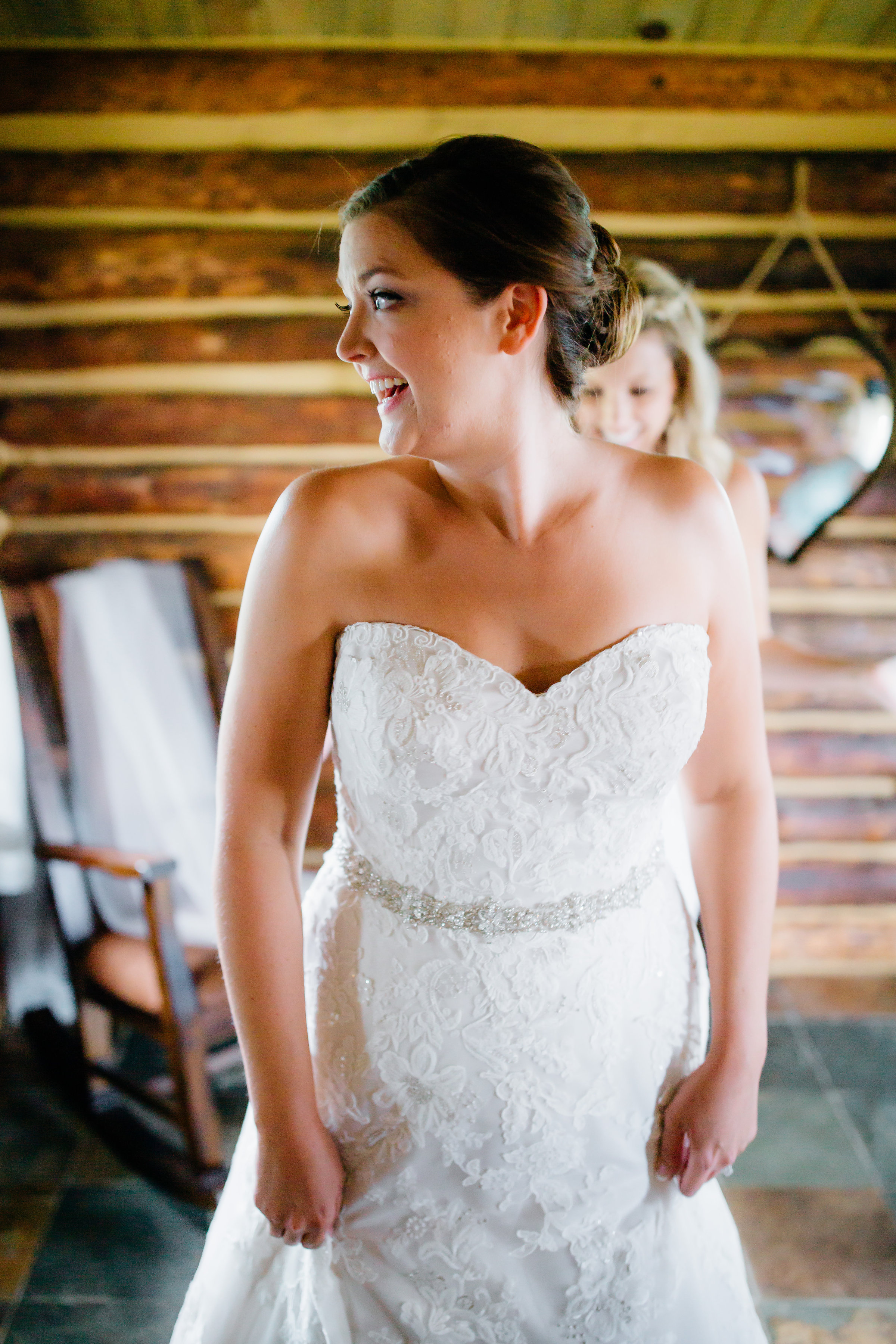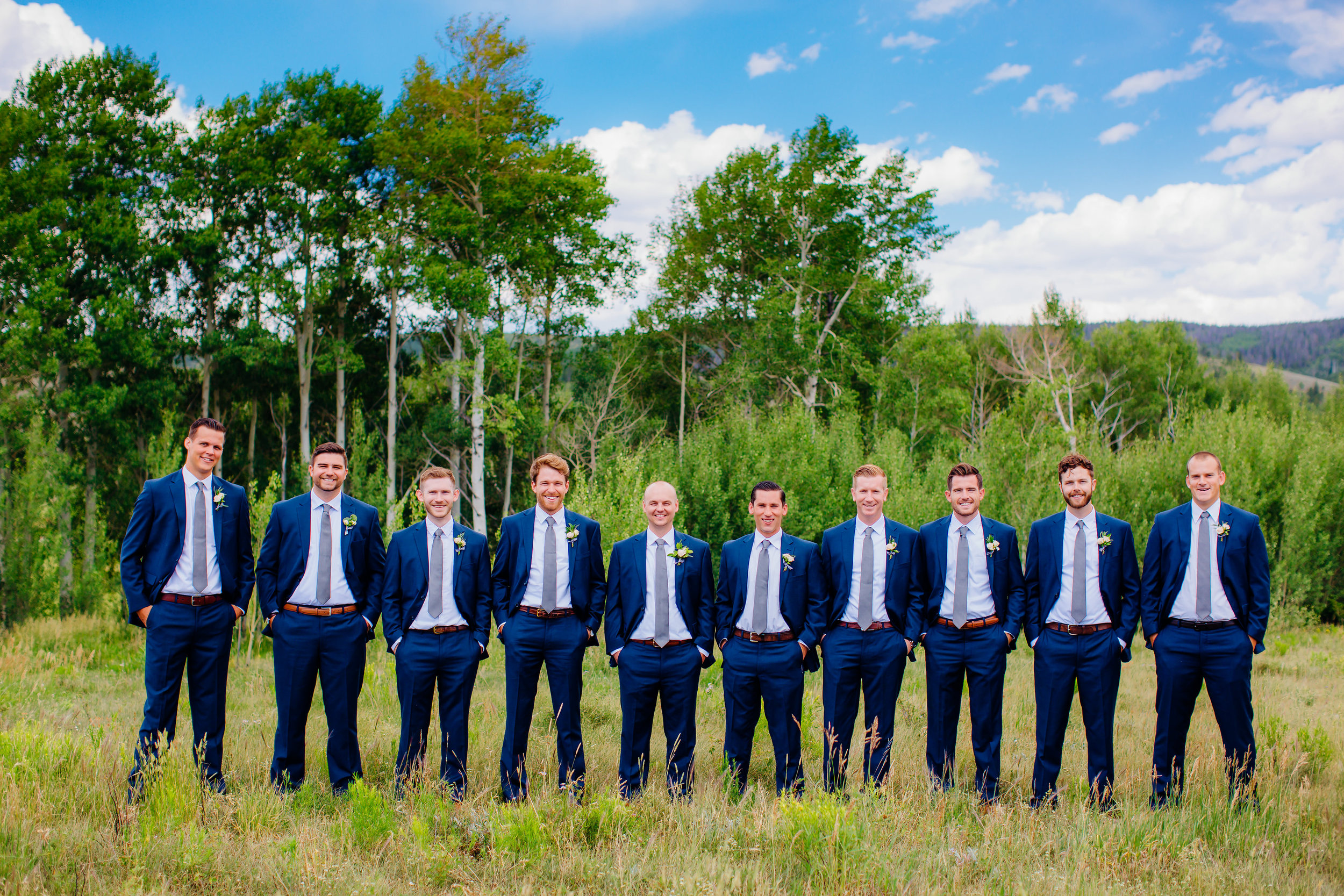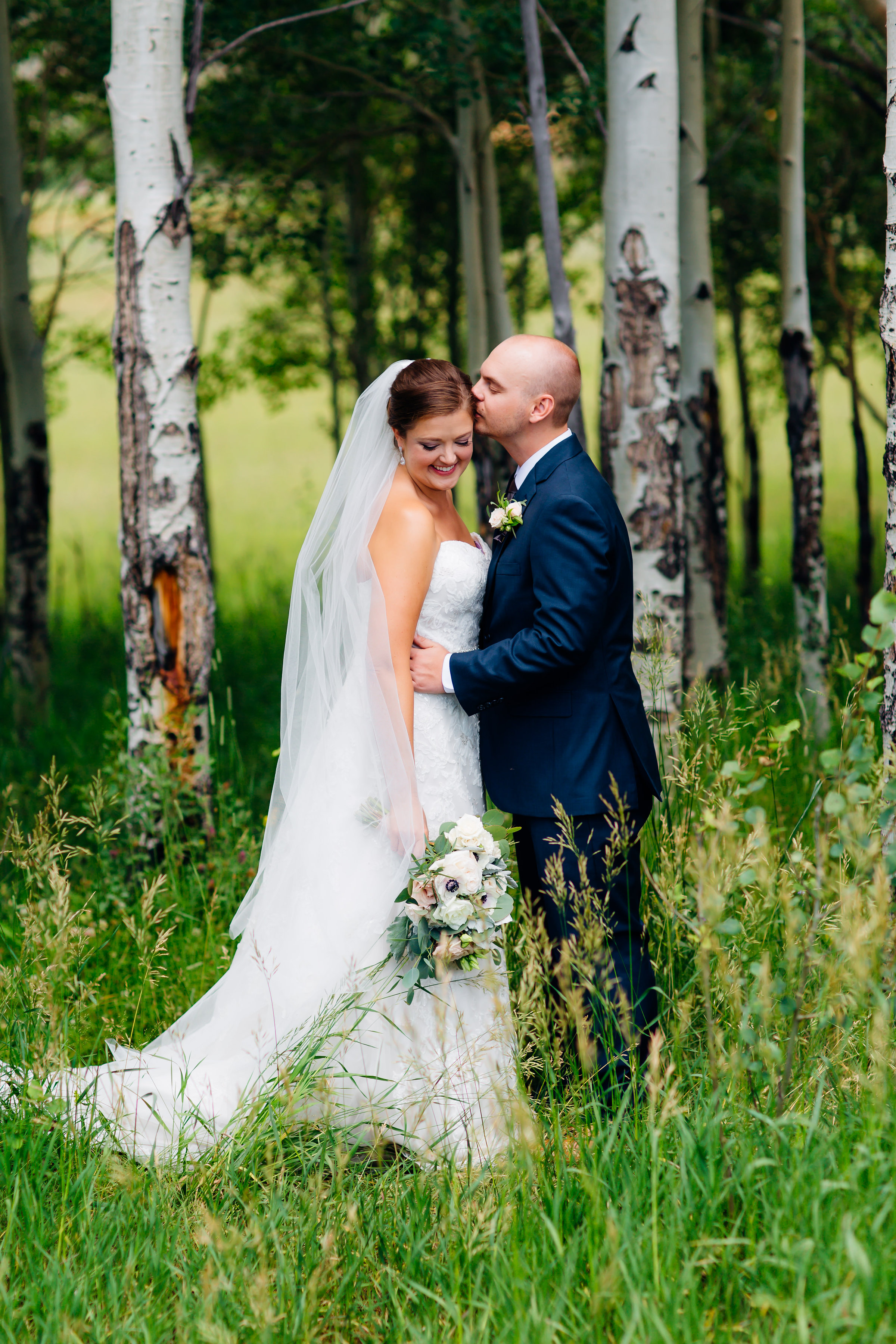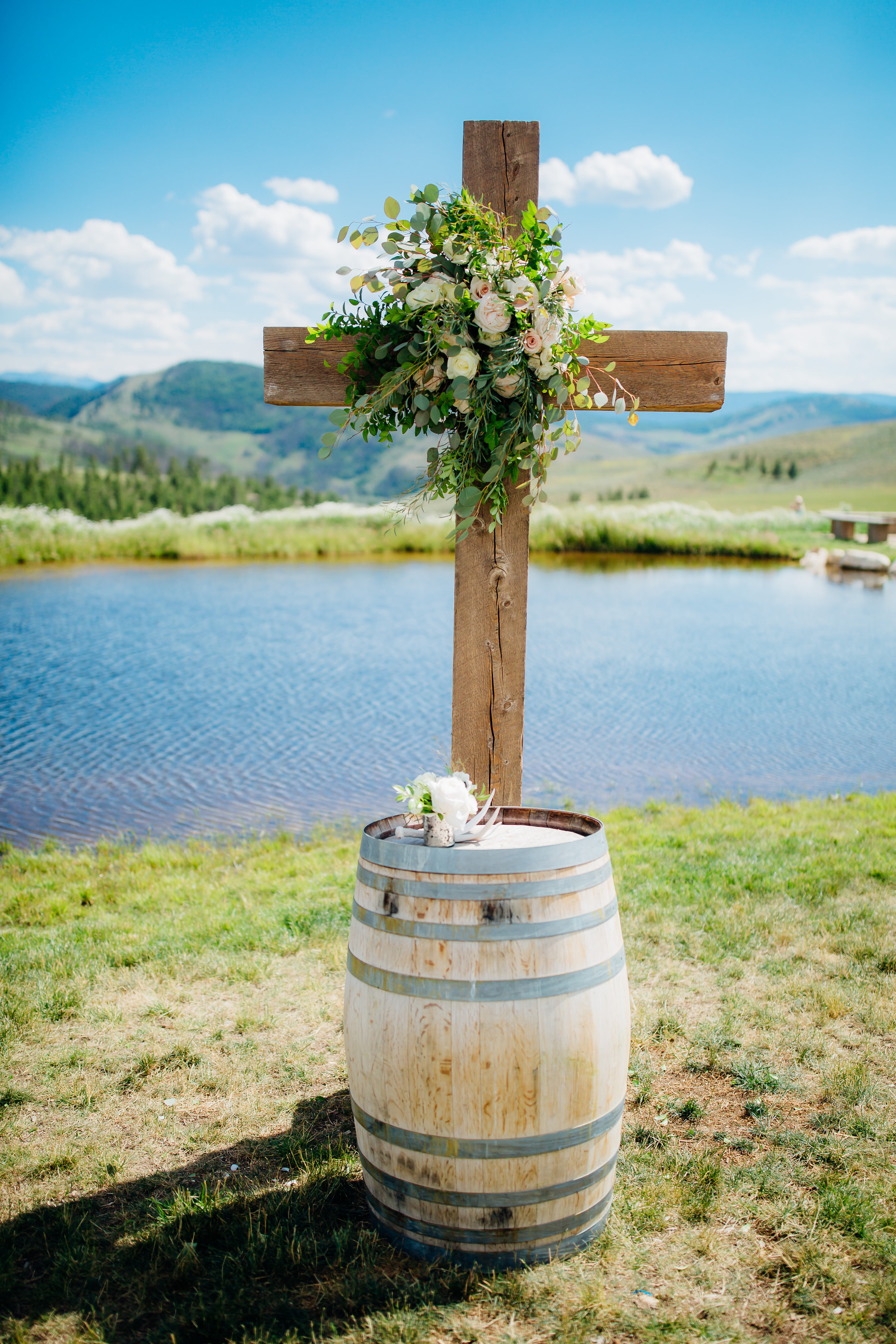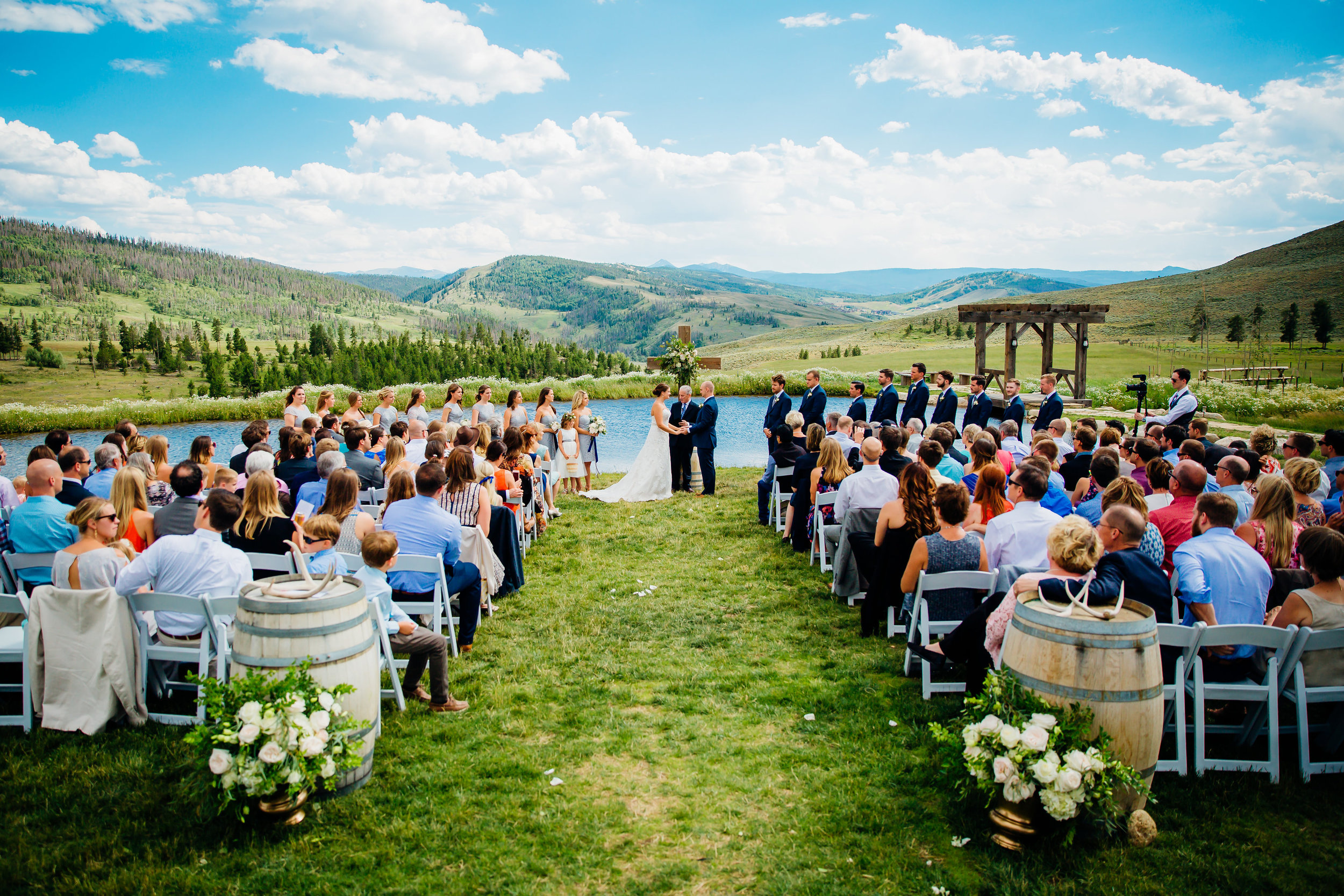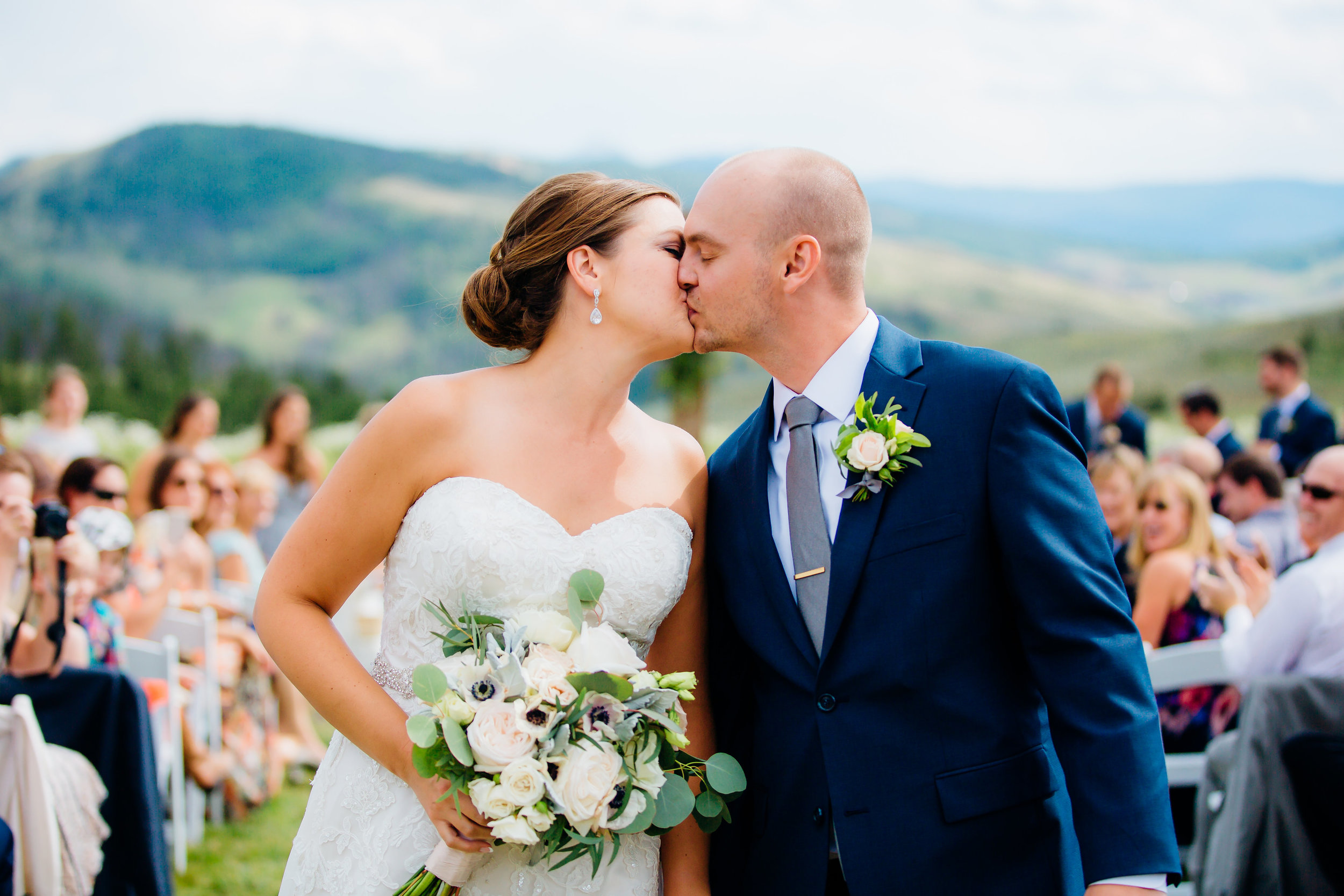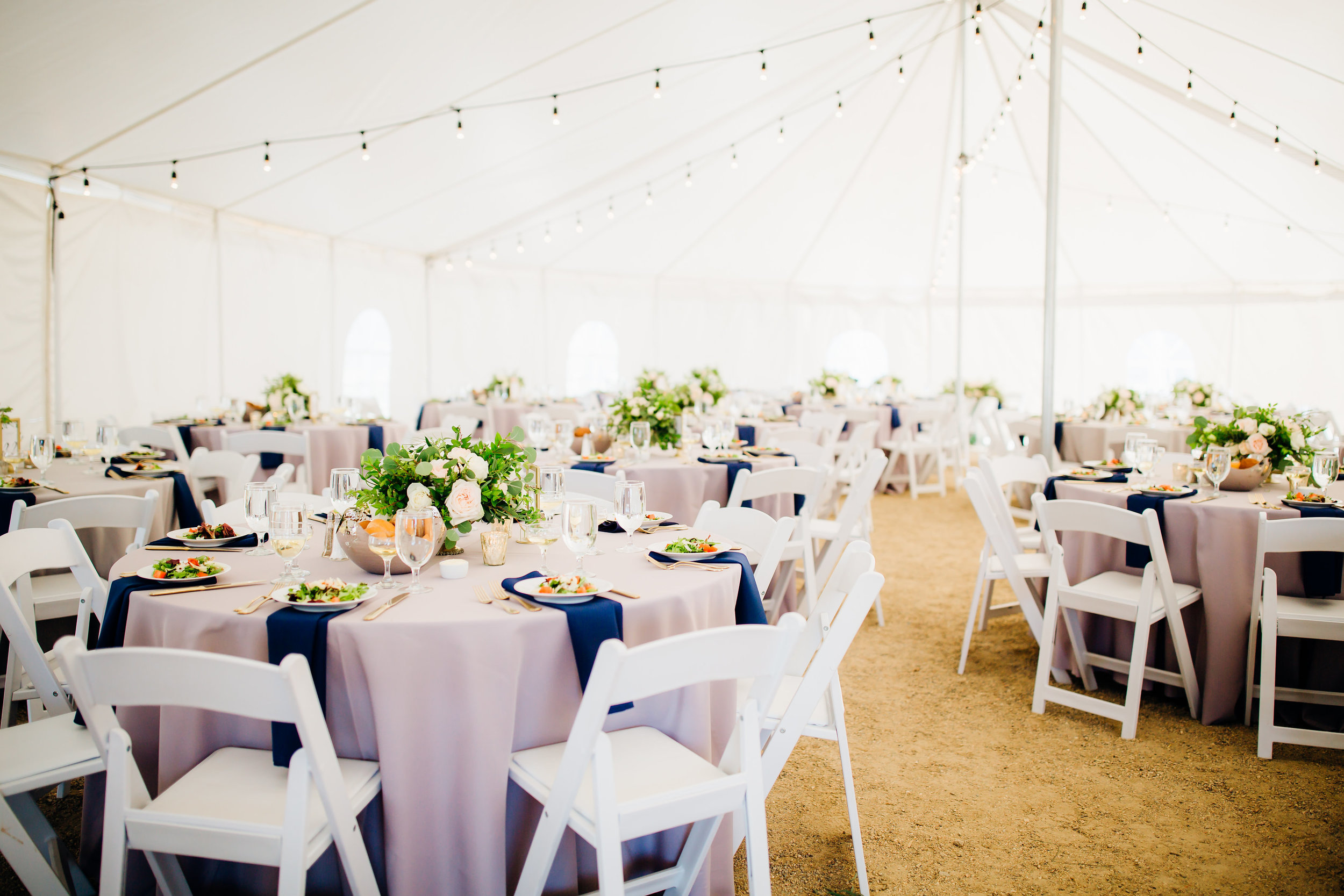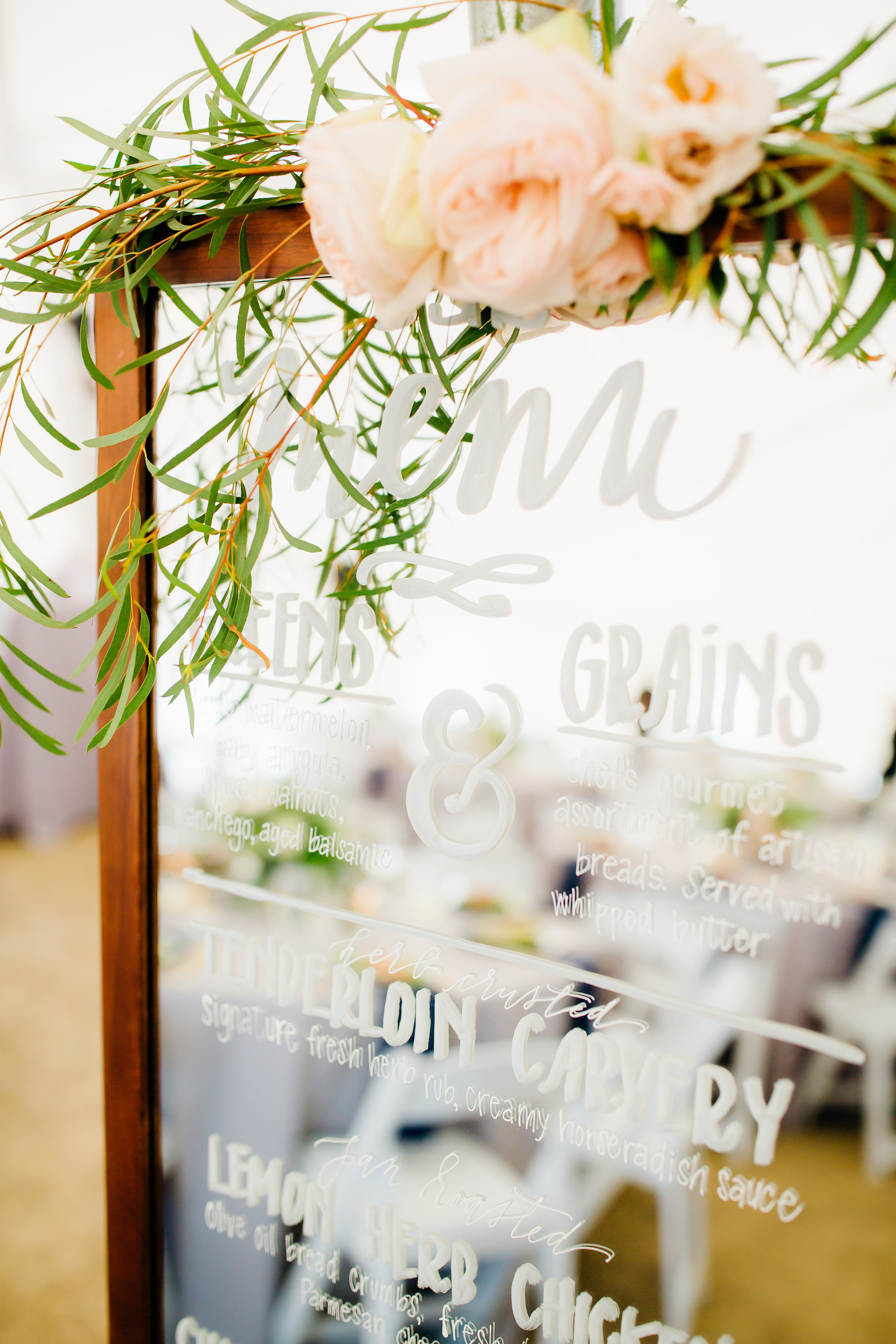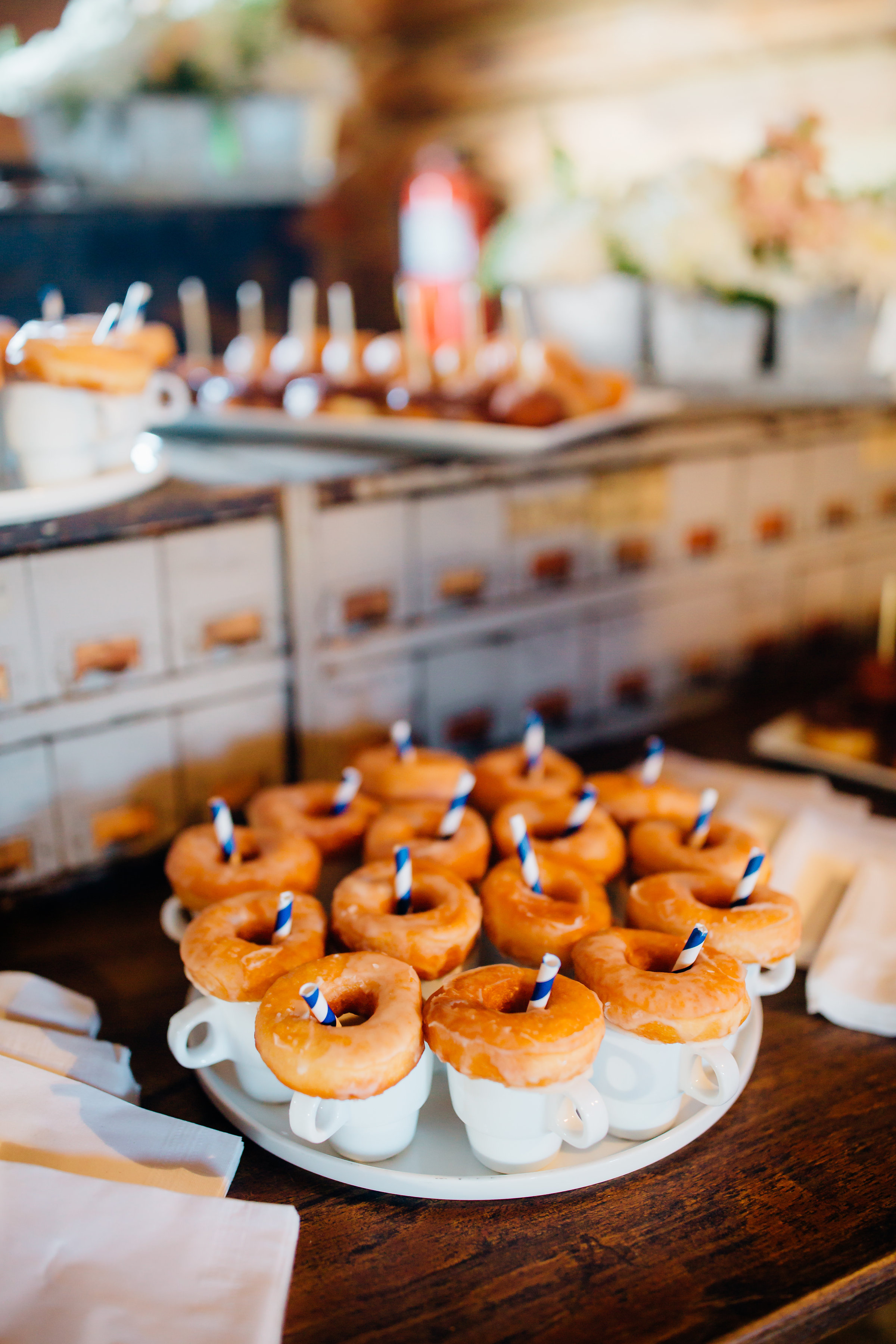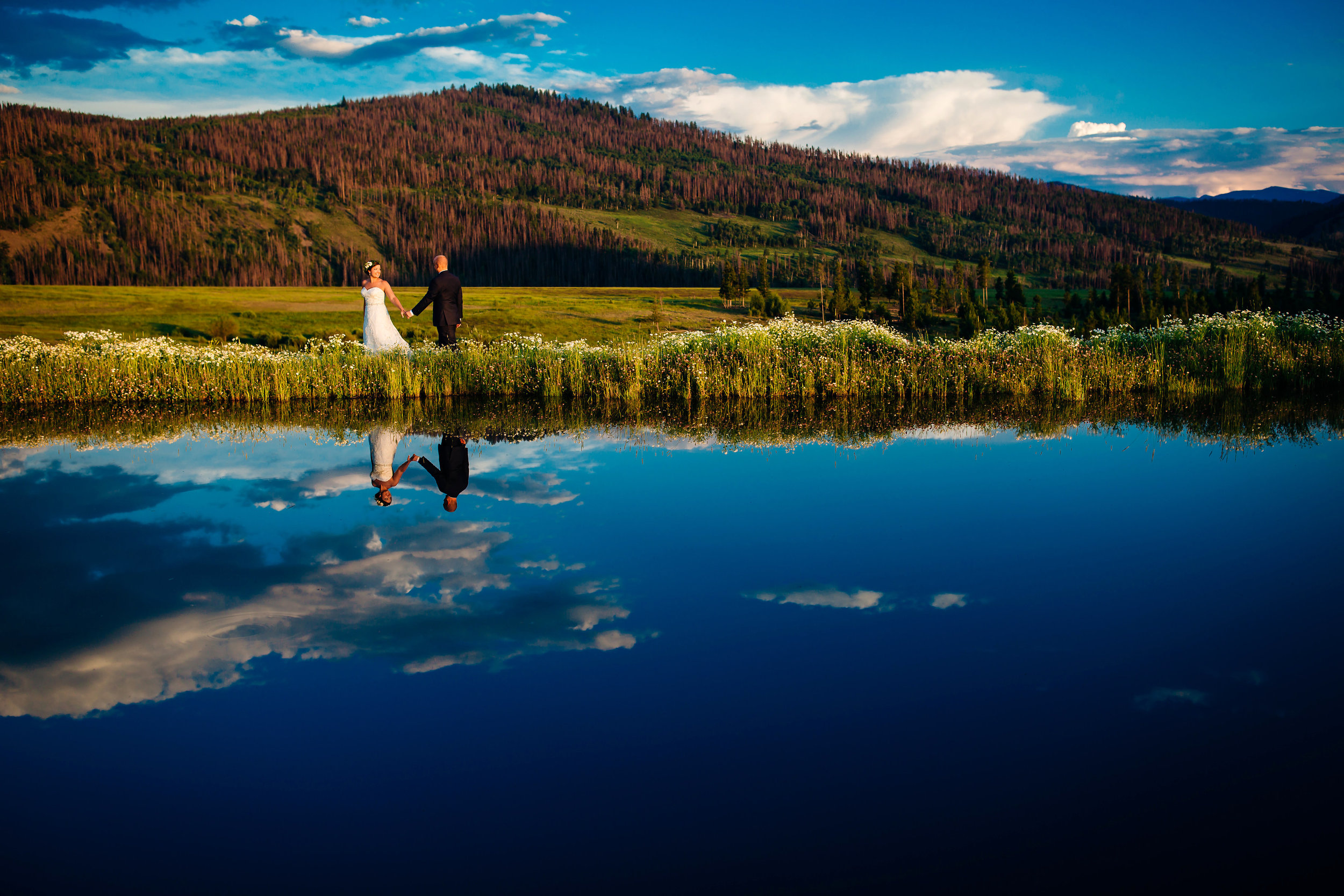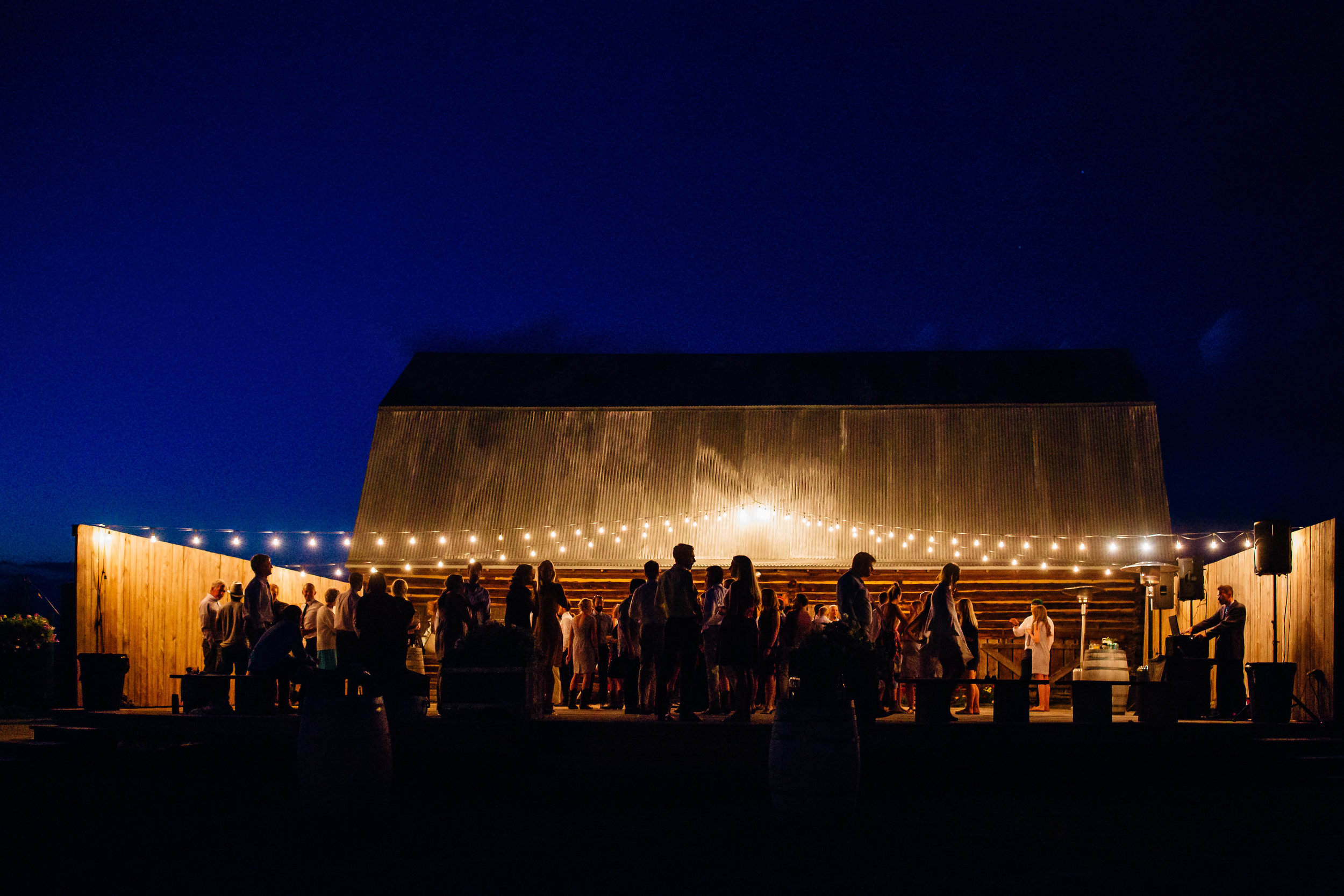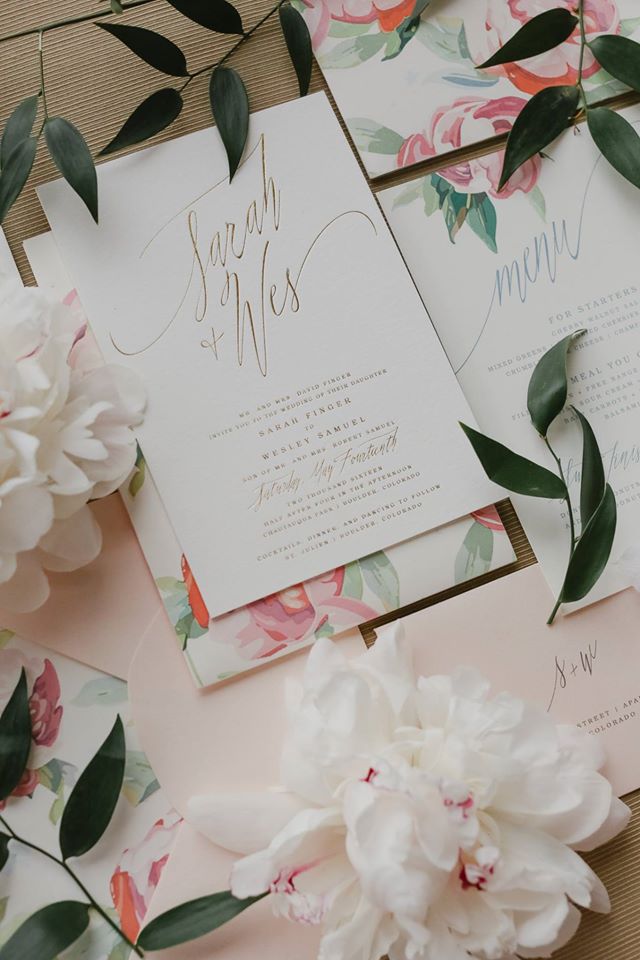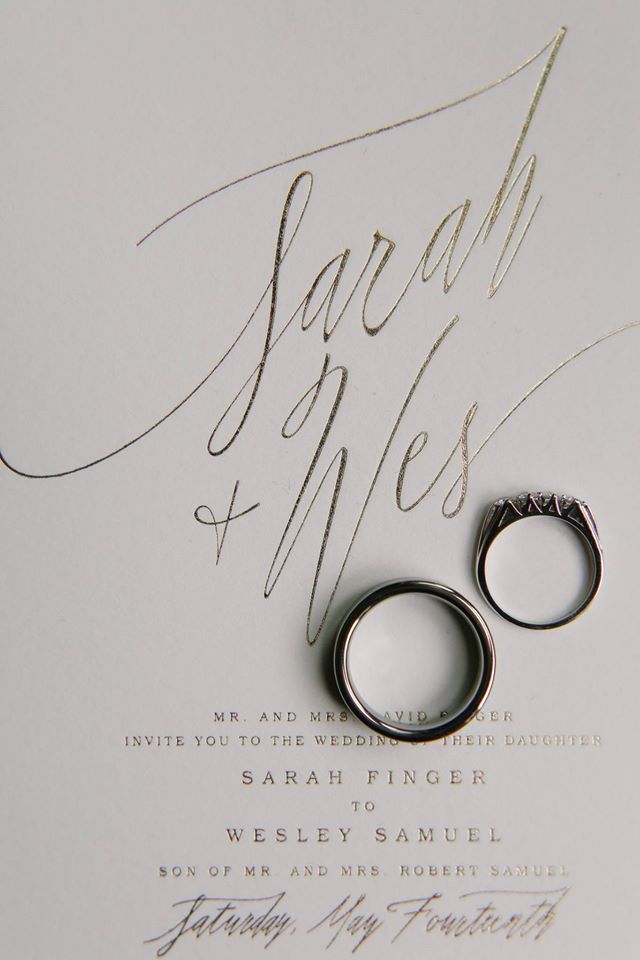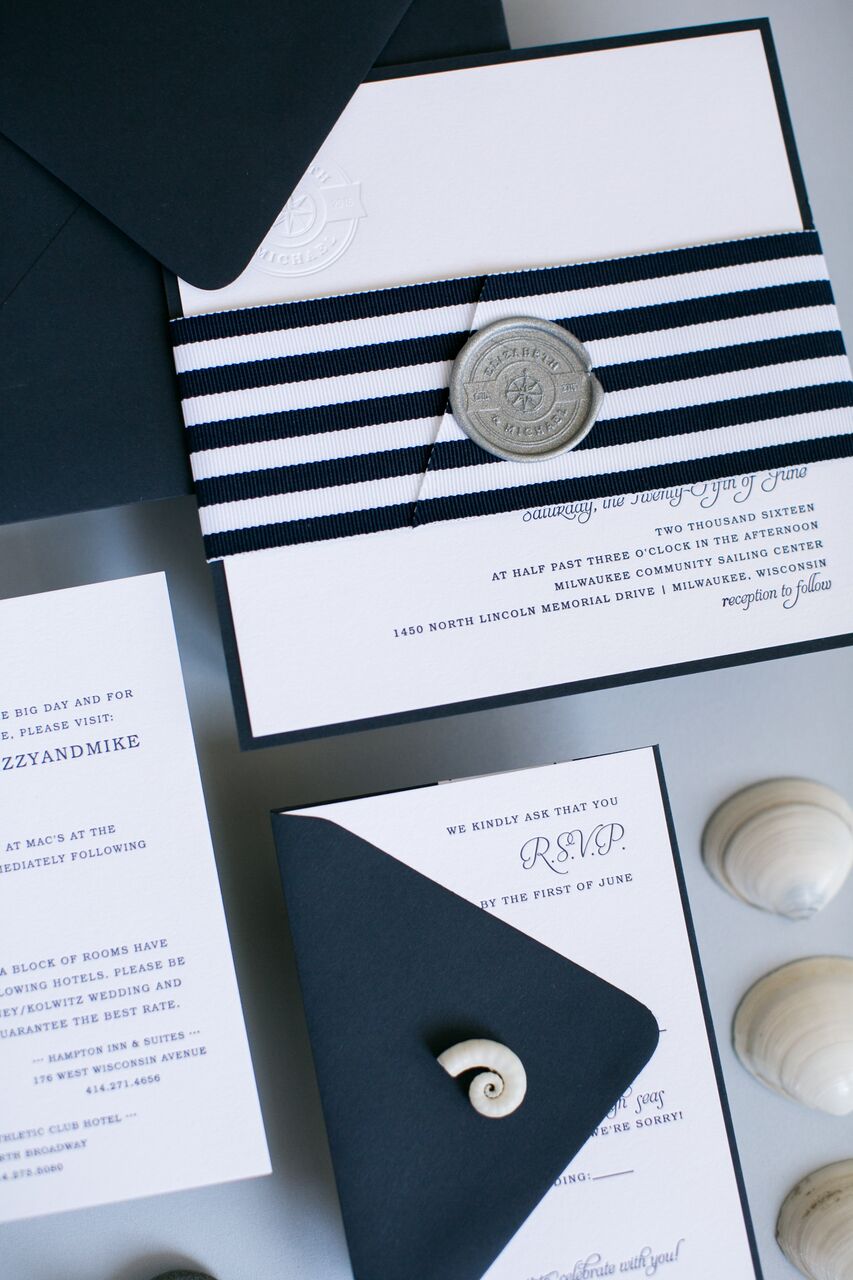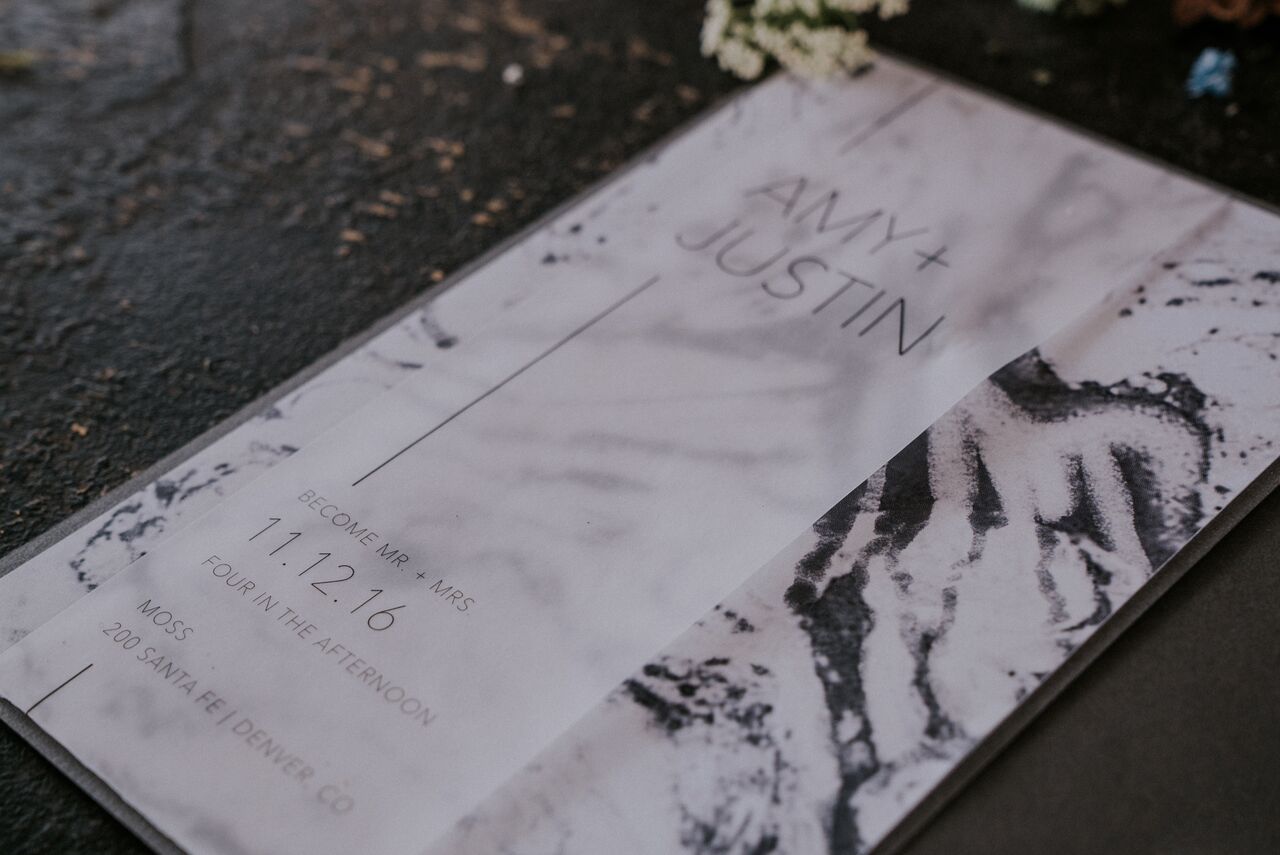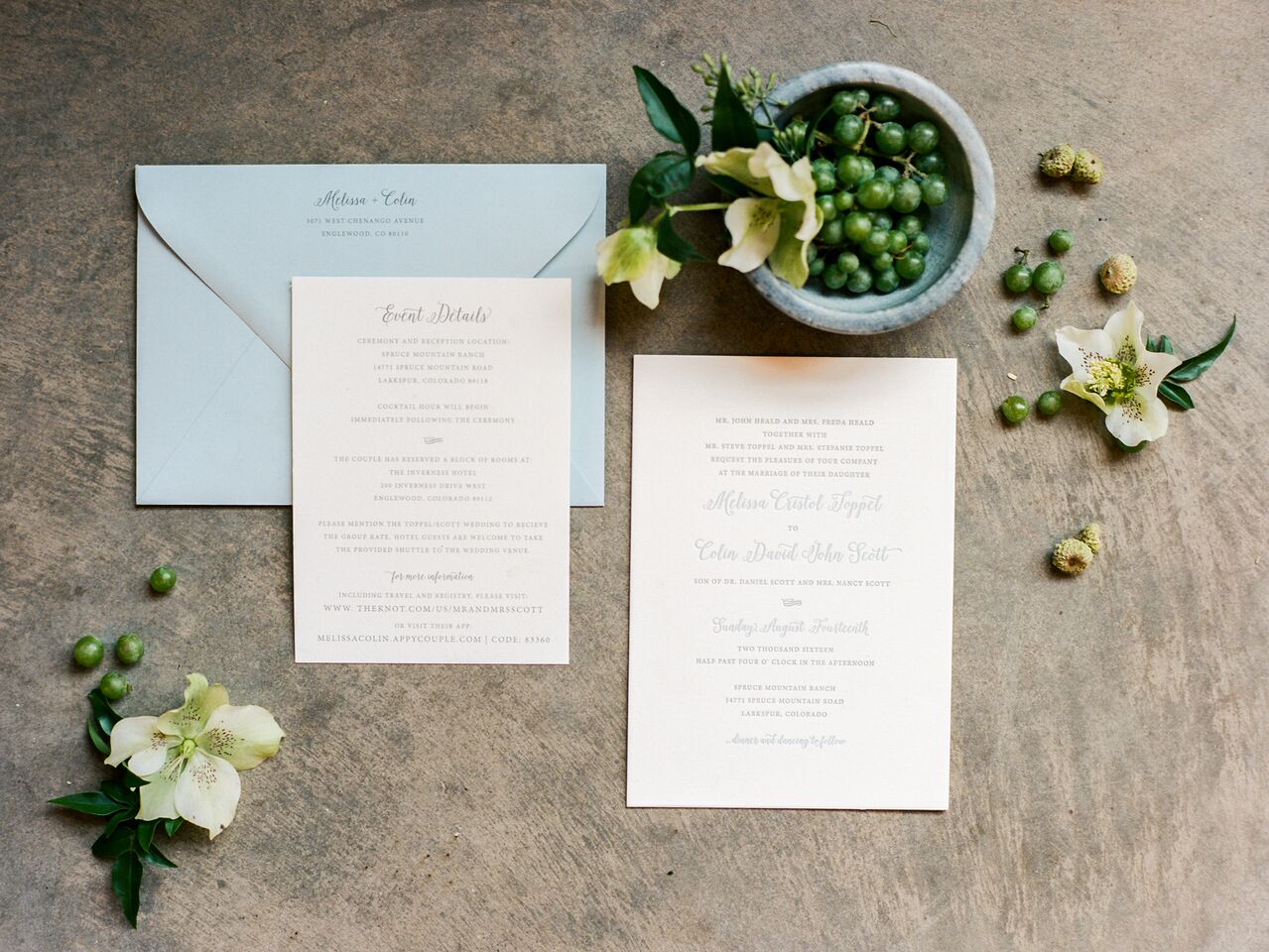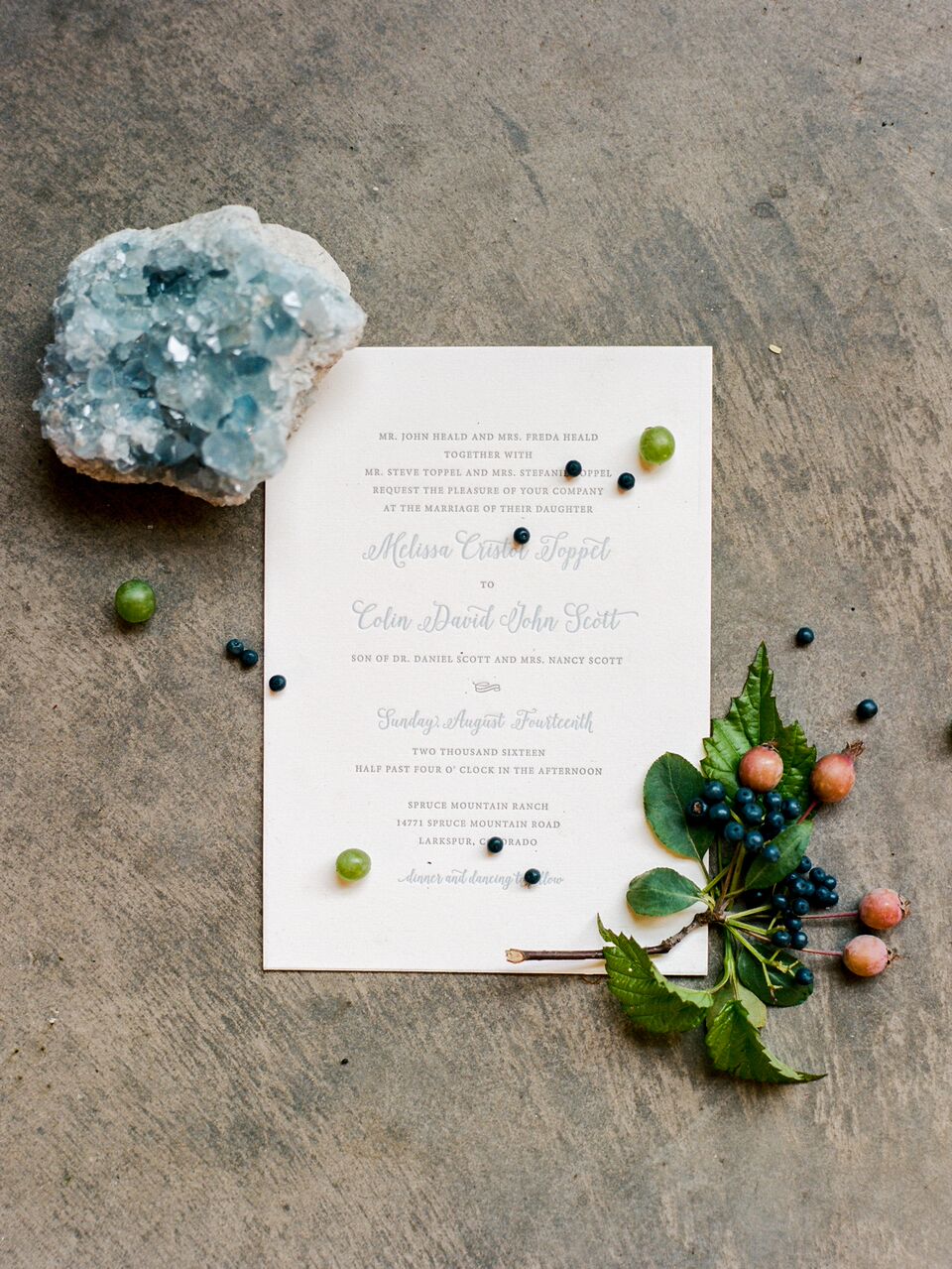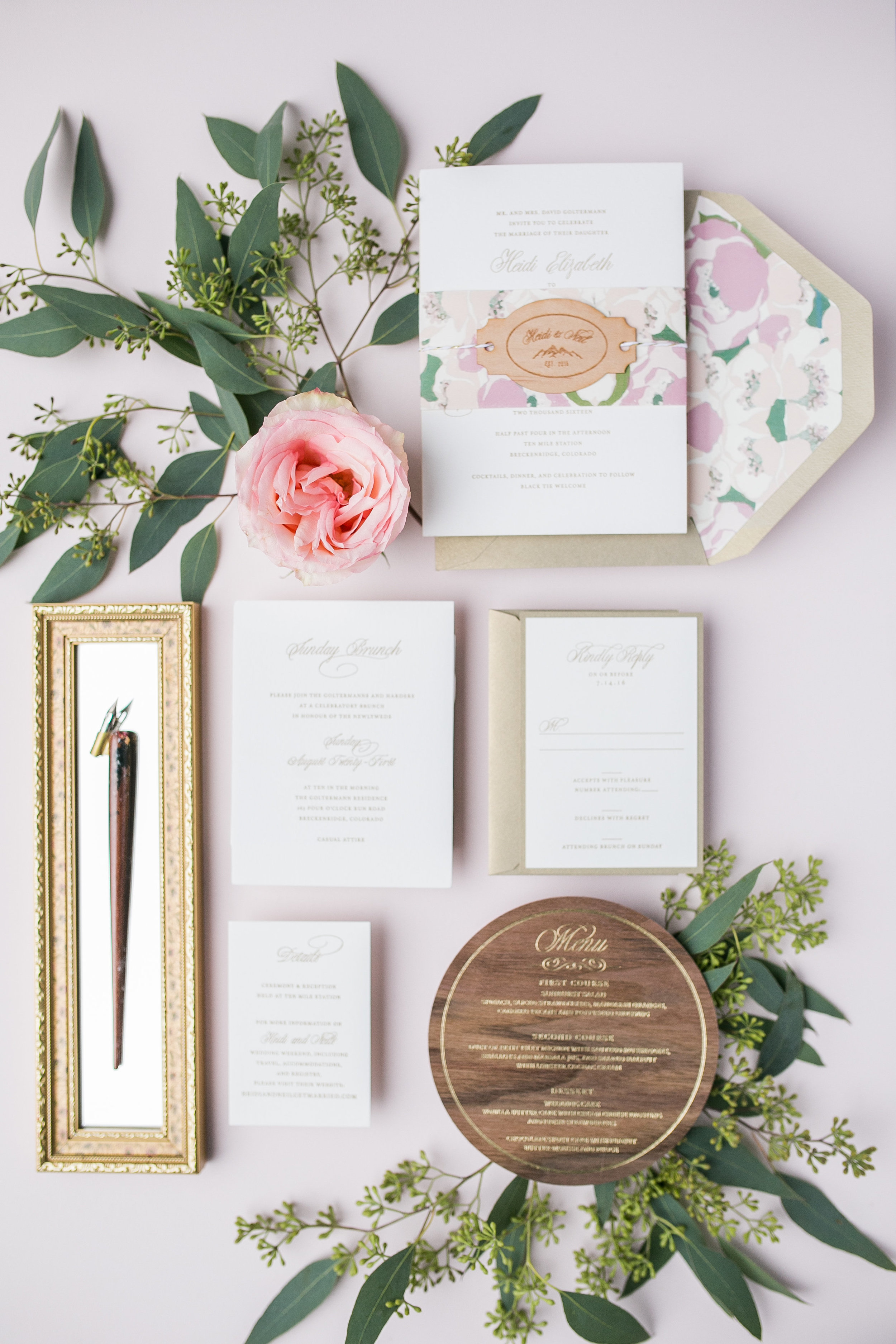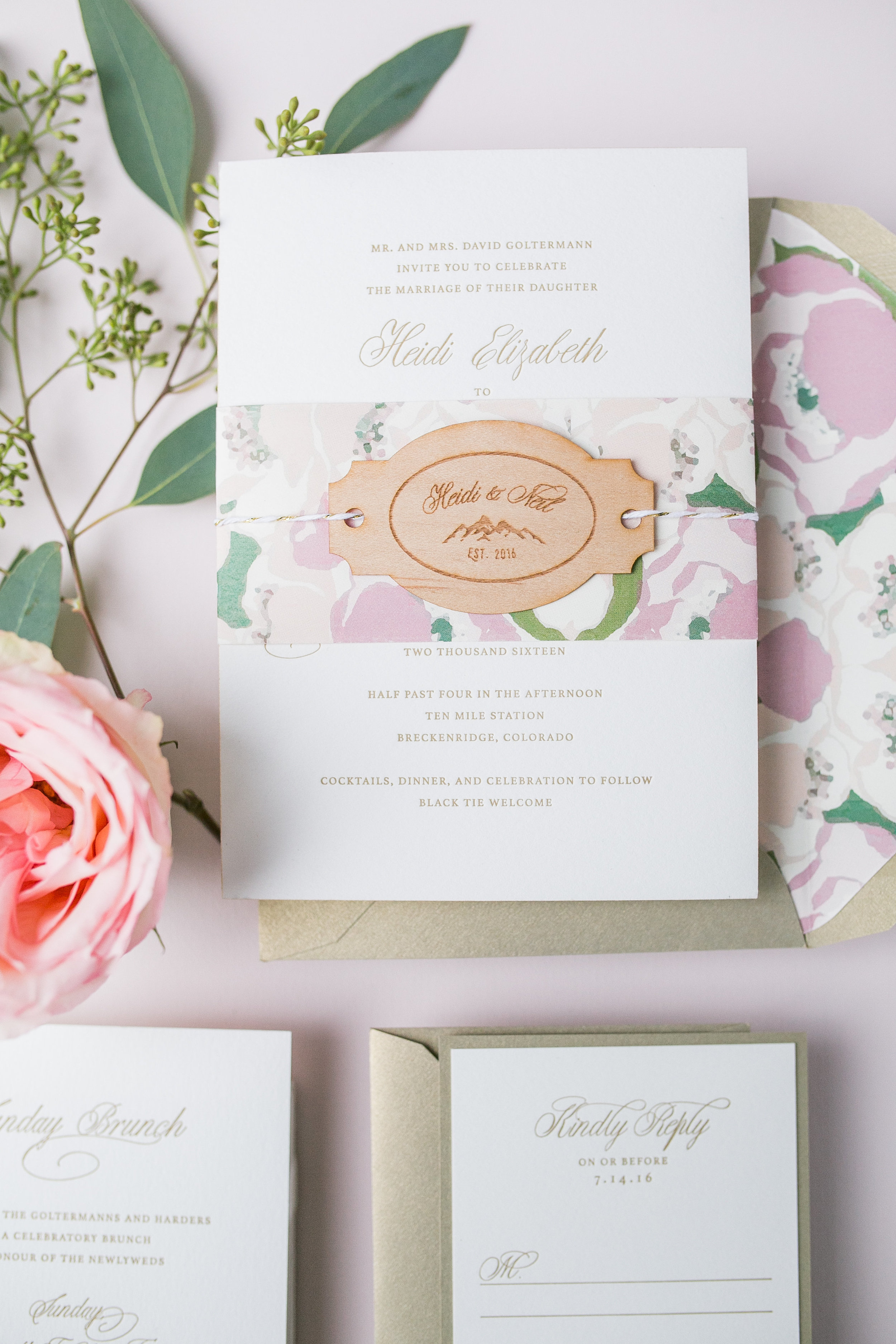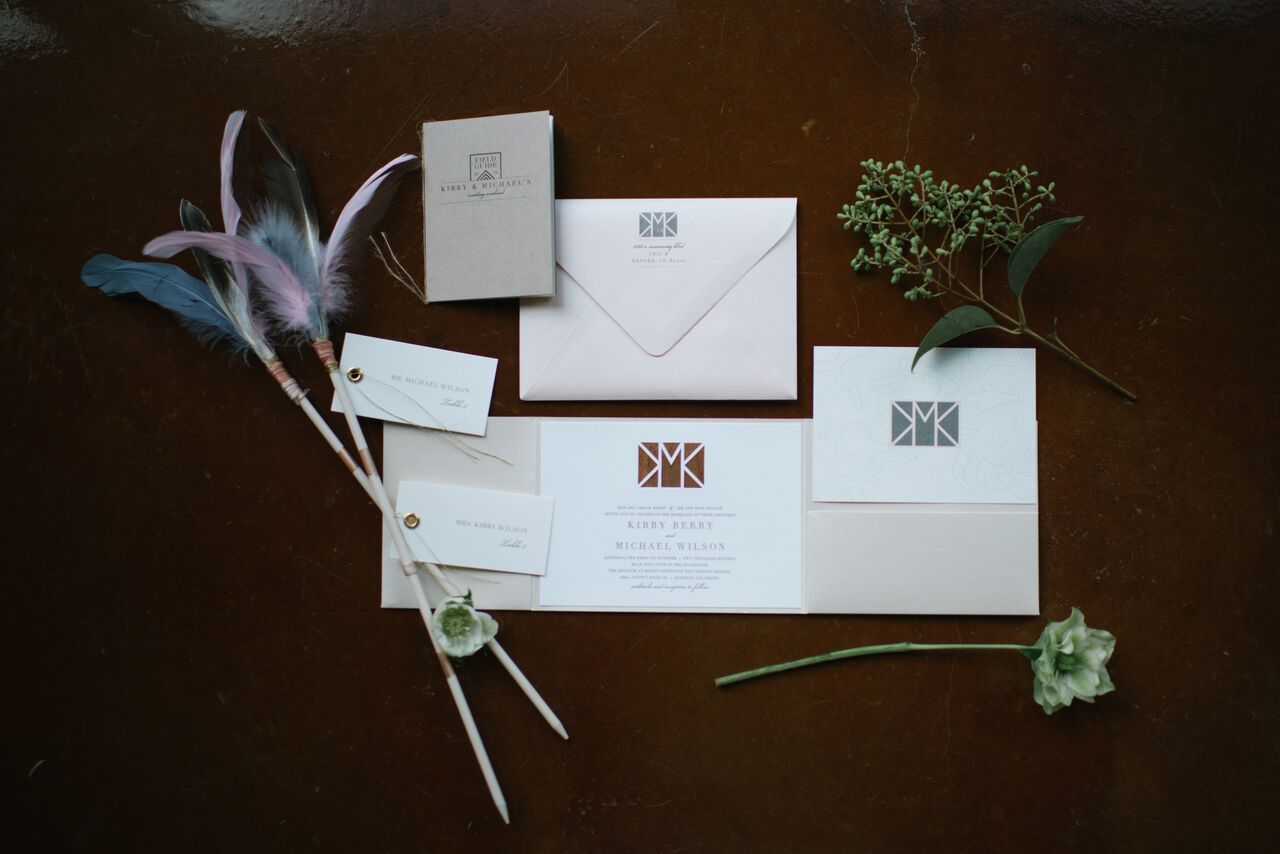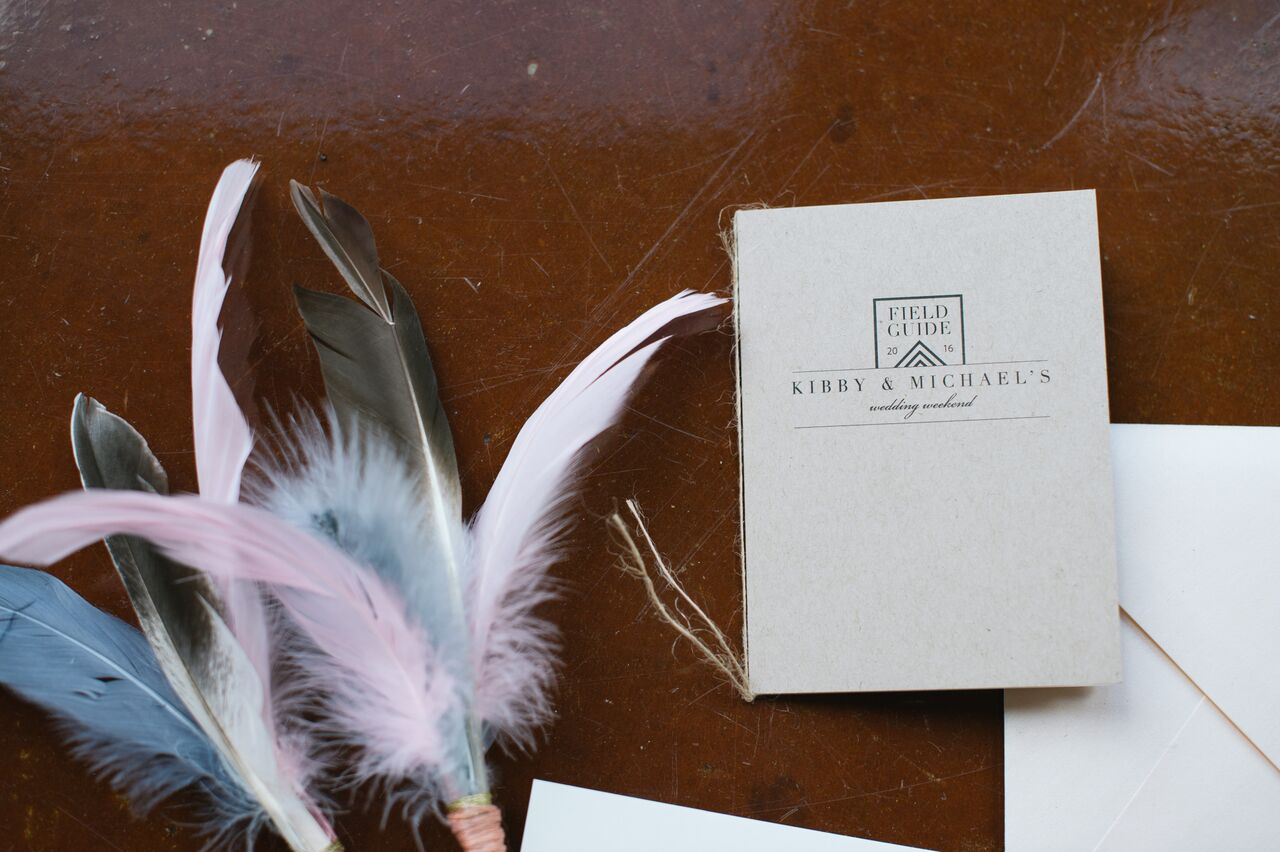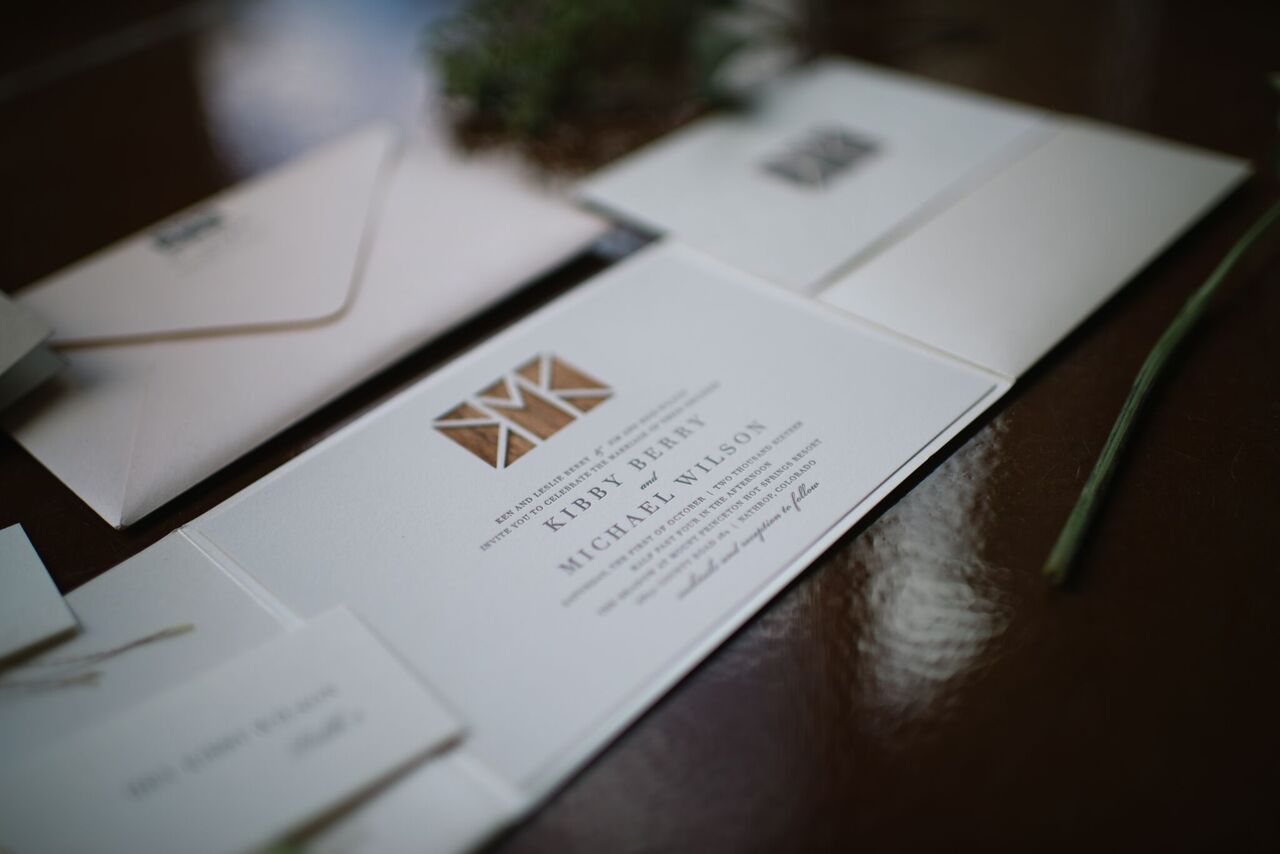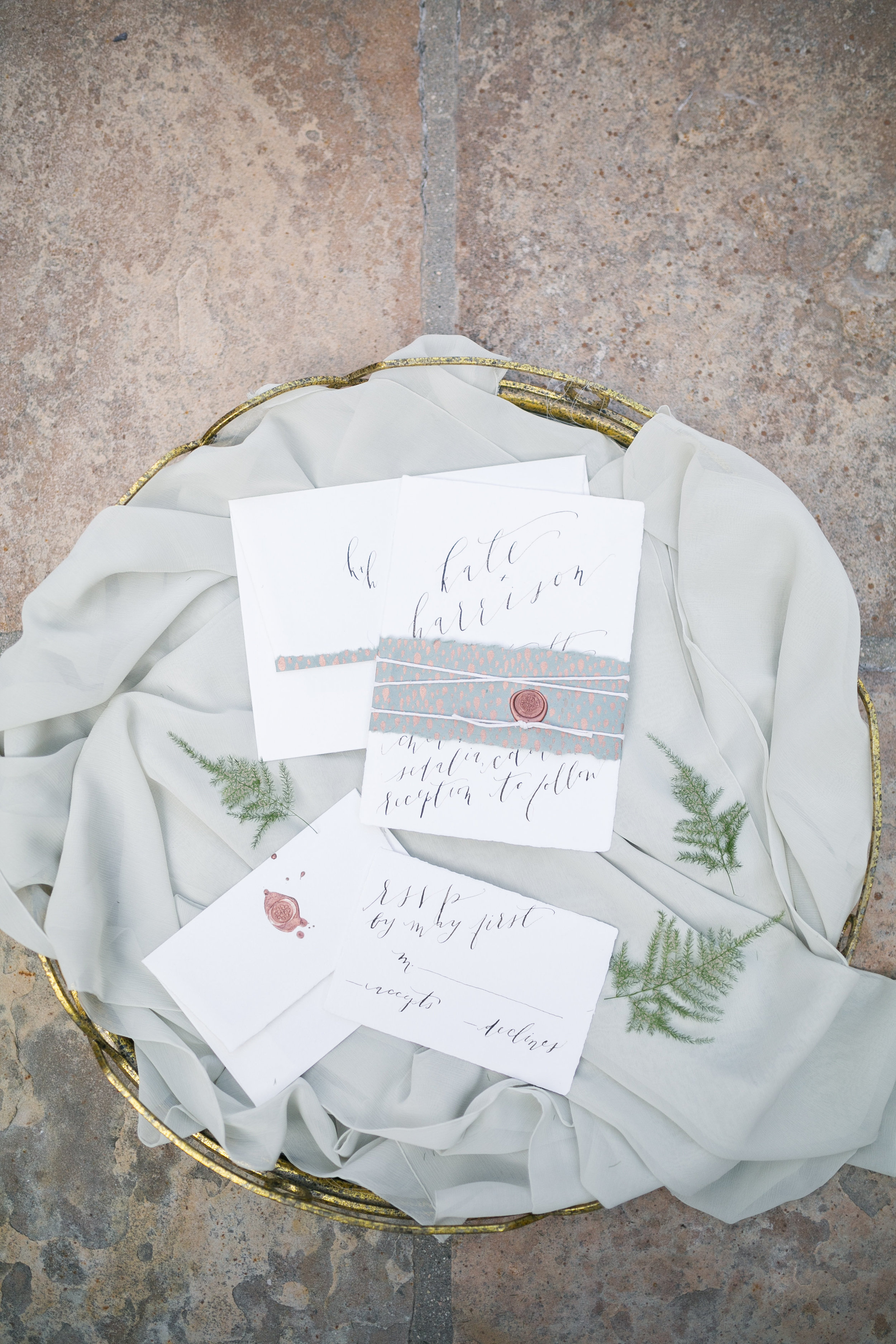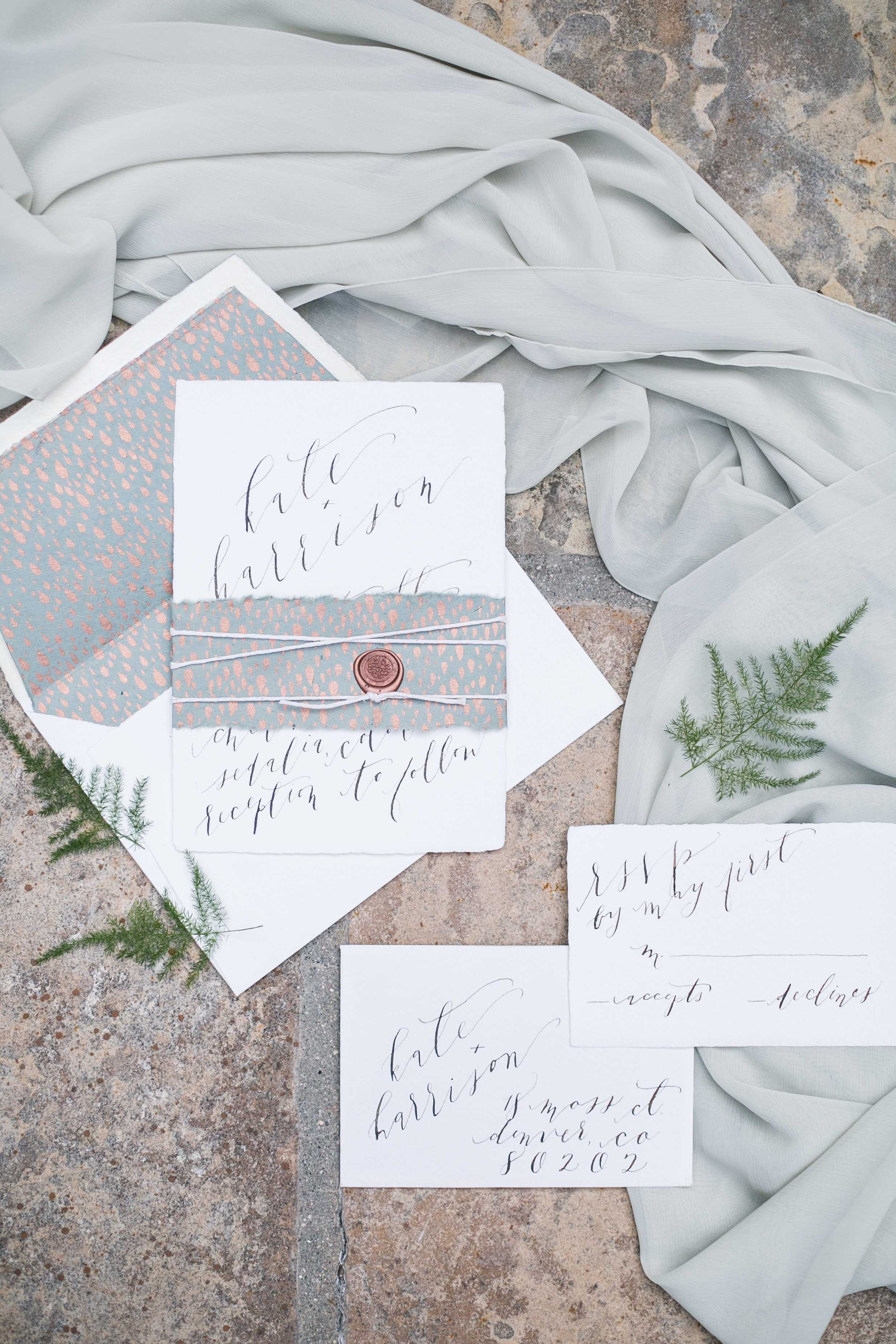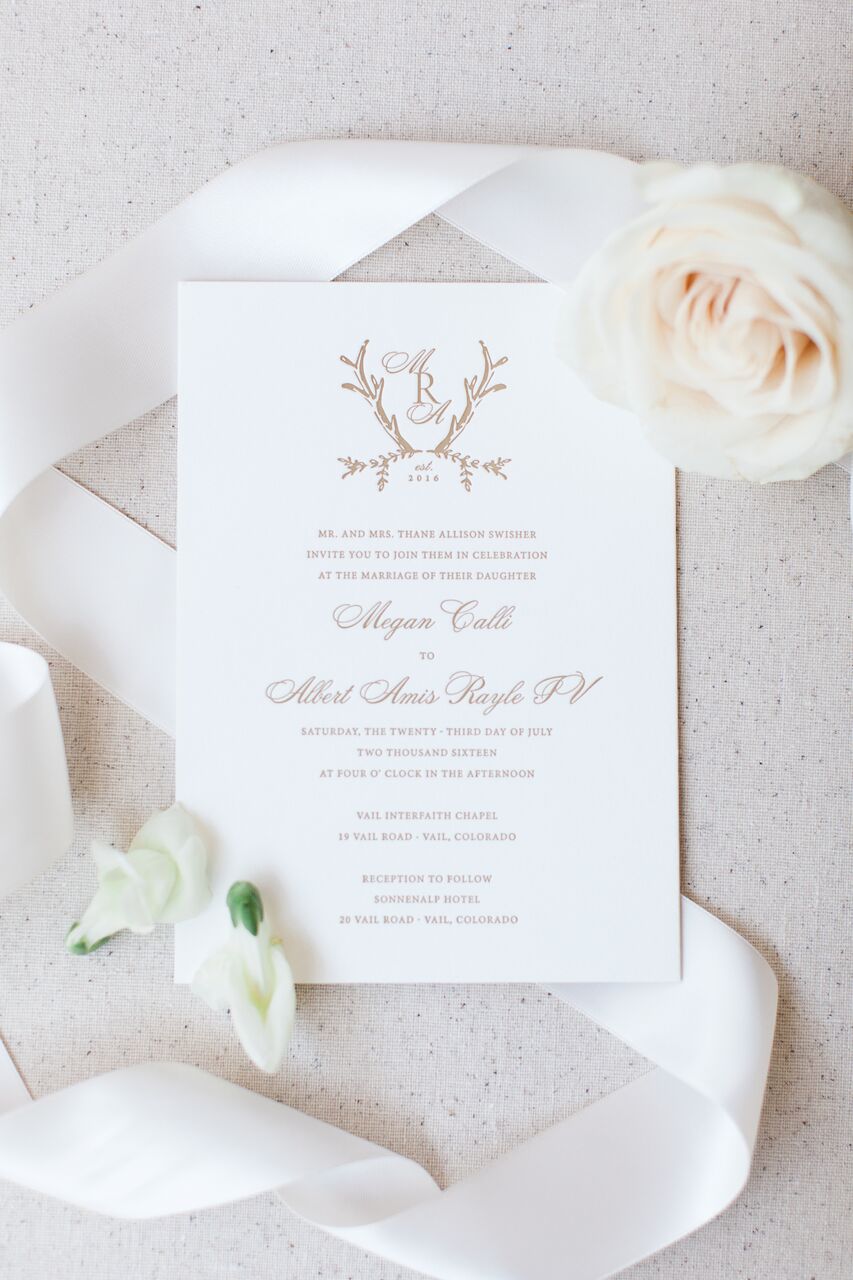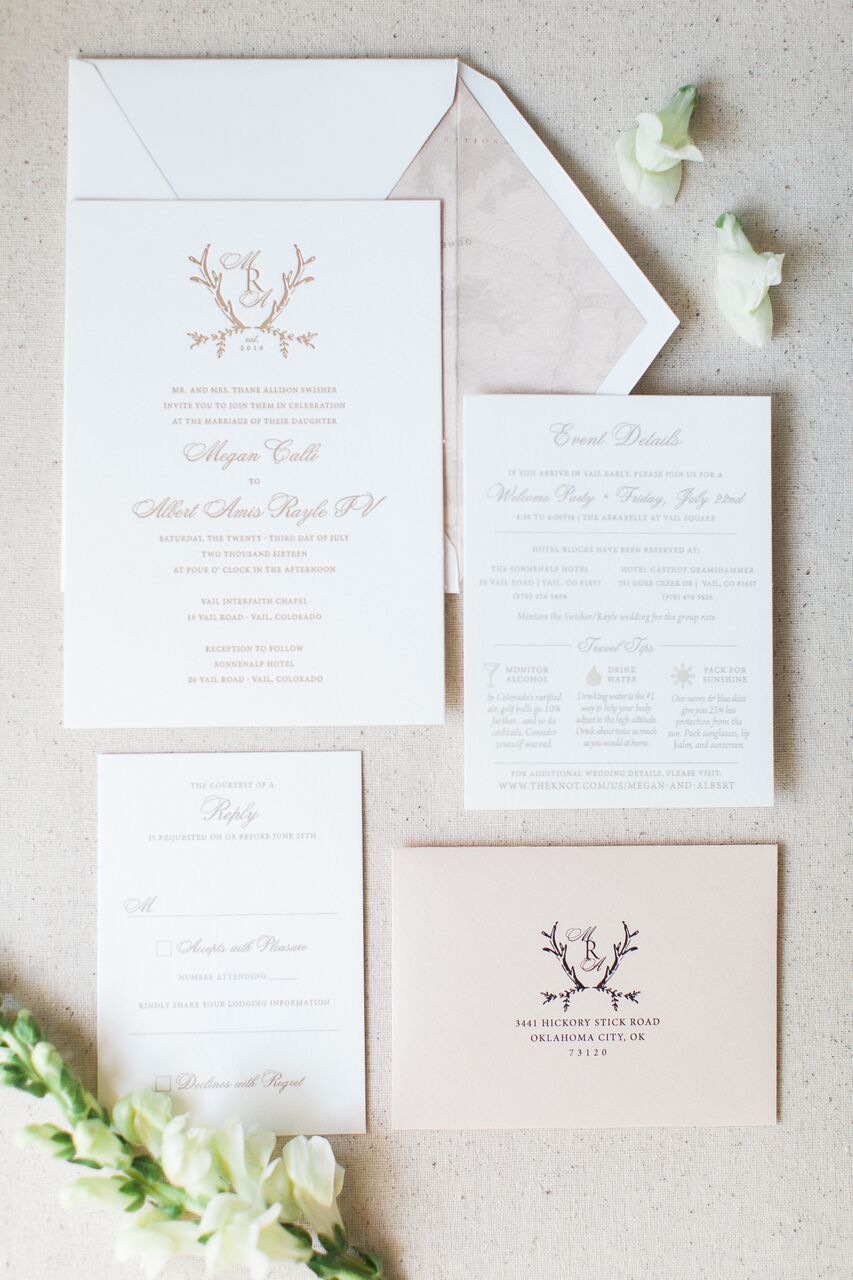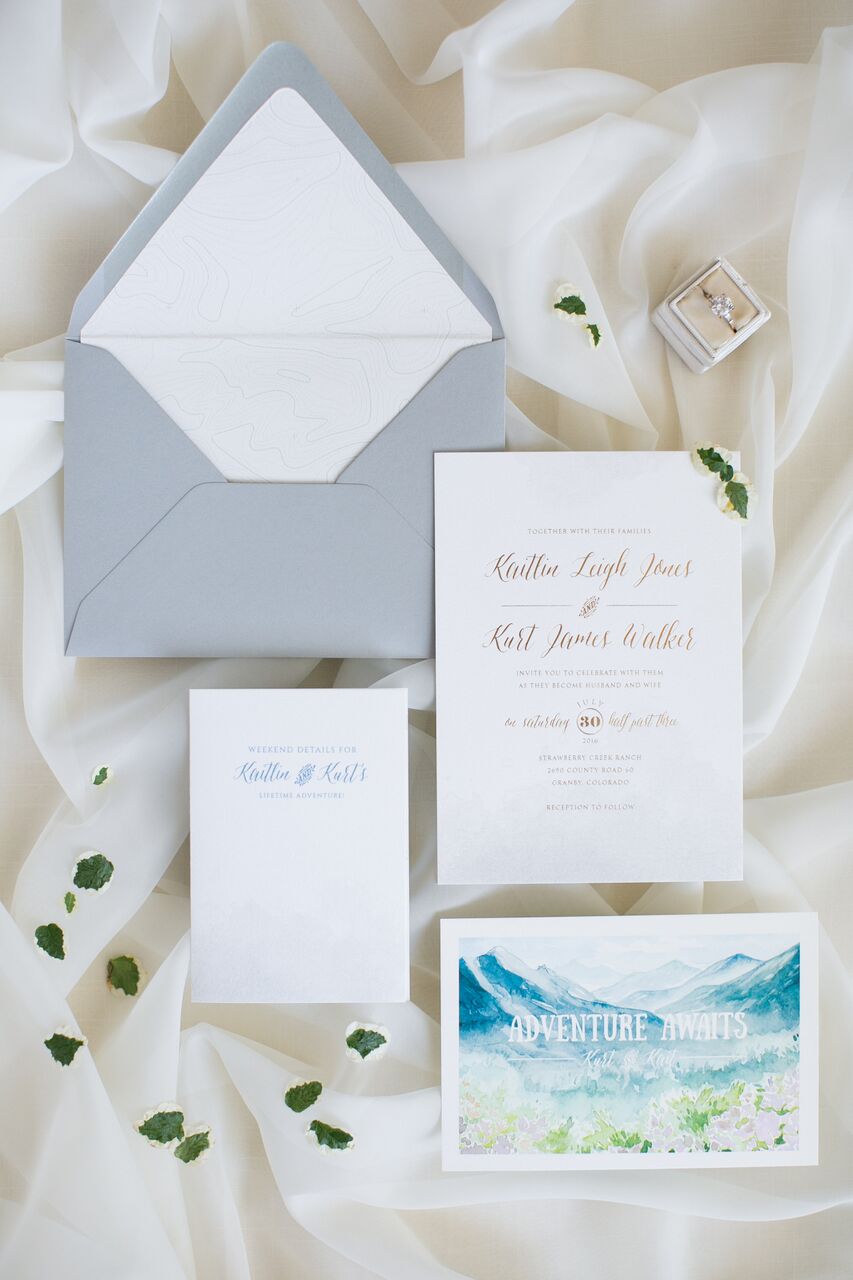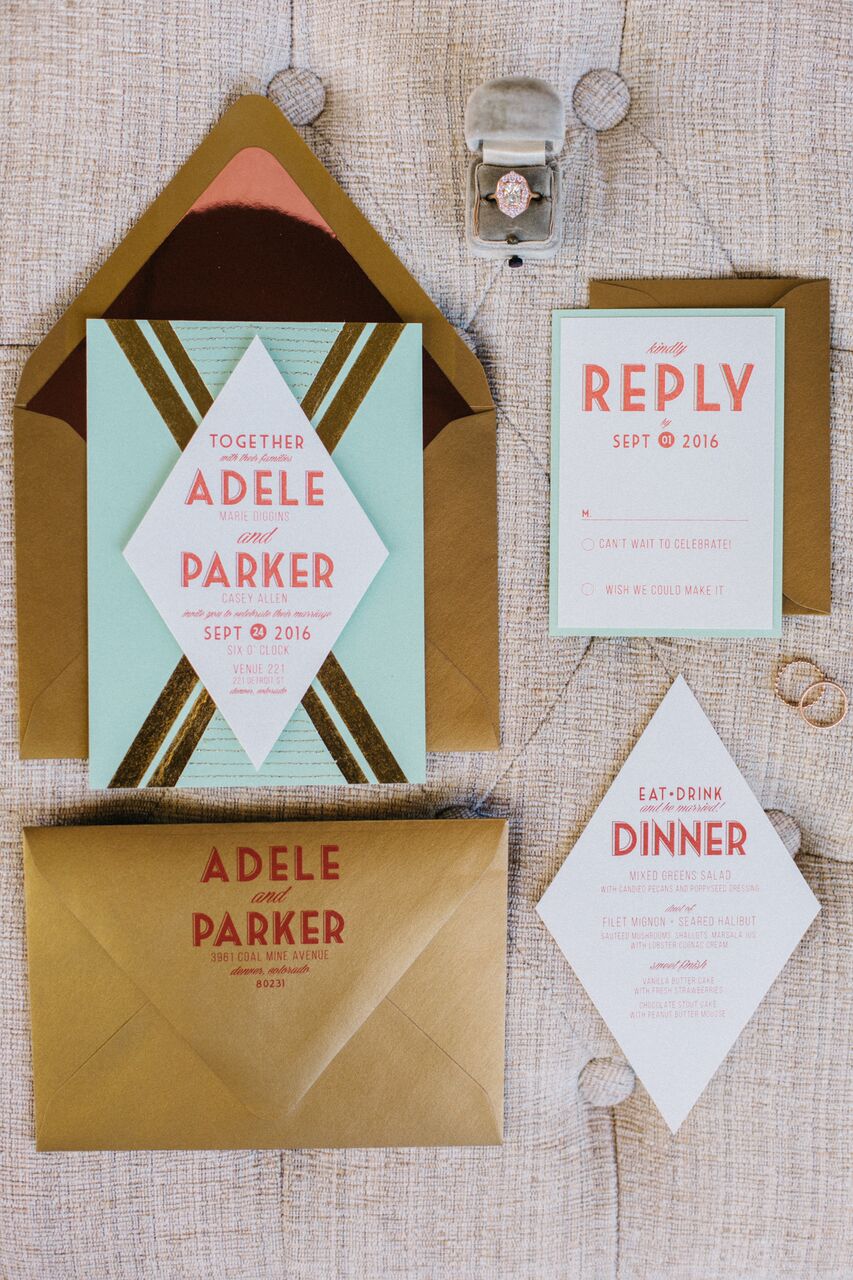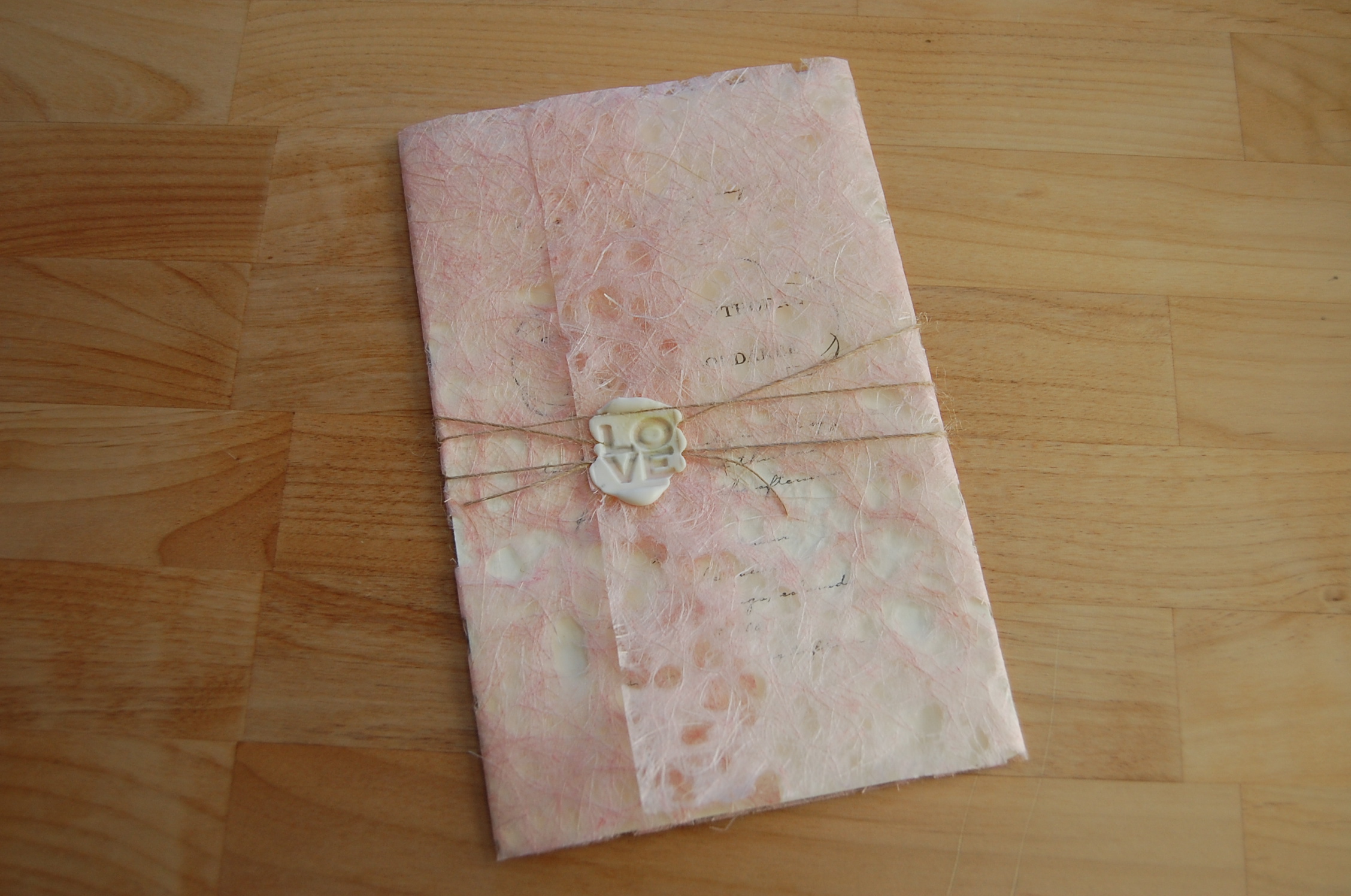Ever wondered what the process of print is like? Or why some of it is so inexpensive and other times it gouges you? Let this brief entry enlighten you on the different methods of modern day printing techniques. We're outlining here the 5 main types a person might use for their event invitations.
1. Offset Lithography or Offset Printing
An offset press is a huge machine that often times stretches the entire length of a room. It looks like a big flat table with rollers on top. In this process, the image or print you are desiring to be put to paper is created into a plate (sort of like a stamp) and will get rolled onto the paper. The rollers and plate are first dipped in water and then ink. The ink sticks to the areas of the plate that are raised (or what you want to be printed) while the water stays on the white spaces of the layout. The image is then transferred to the rollers and you're ready to begin working. Offset printing produces a very nice print and can be very affordable if you are considering running large quantities. With offset, you can also achieve the raised printing commonly seen in event invitations, called Thermography. However, because a plate has to be made for every image, if your quantities are small, you might consider another method. Keep in mind that once the plate has been created and the rollers are ready to go, changes cannot easily be made. Newspapers, coupons, direct mailing, etc. are all commonly printed on an offset press.

2. Letterpress
Ever heard the phrase, "they just don't make things the way they used to."? It's true - even in print. There is nothing like letterpress and with it's rise in popularity over the past couple of years, it's making quite the comeback. Letterpress is luxurious, not cheap, but totally beautiful. The paper stocks used on these machines are typically very thick and made of cotton yielding a very soft, and tactile interest. Plates are created based off a design - but only every part of your design gets it's own plate. Letterpress is a great method for simple designs with only 1 or 2 colors. Each color of the design indicates a separate plate, but also a separate run through the machine. Each run is hand placed to ensure accuracy in placement and adequate depth of impression. The final product is truly a piece of art, hand crafted from start to finish - not to mention on some gloriously beautiful paper. Letterpress is expensive, but if it's something important or something to hold onto, it may be worth it.

3. Digital Printing
Unlike Letterpress or the Offset press, digital printing allows a person to use a rainbow of colors, make changes easily, and offers a very quick turn around time. It's the point and shoot camera in the photography world, only it's click and print in our world. Digital printing offers high quality prints (if on the right machinery) and at rocket speed in comparison to all other types of printing. Plates are not needed on digital printing so it needs lesser man power. This process, however, can be expensive because of the ink and paper used by the printer. Digital technology is either ink based (ink jet printers) or toner based (laser printers) with toner being the preferred method for any serious print shop. Typically larger machines are laser printers with ink jet's being the tiny little cartridges. Toner is a powder that gets transferred and then fused to the paper while ink sits on top of the paper and is susceptible to bleeding and getting smeared by water or dampness. If you're having your wedding invitations printed, please do not use an ink jet machine.
4. Engraving
This printing method is virtually obsolete now with just a few major lines, like Crane, still offering it. It is a true art form and the cost associated with it is very high. Each piece is hand engraved or done with precise laser technology to create the print. With the paper chipped away, the depressed images are then filled with ink to show up. Many company letterheads and personalized stationery are still printed using this method. You will only see engraving on smaller jobs, like party invitations or very expensive marketing materials - not massive runs like direct mail because of the cost associated with this printing technique. The process is very strenuous, and although beautiful, more cost effective methods like Thermography (raised printing done on the offset press) have provided an alternate with a similar outcome.
5. Screen-printing
Quite ancient, screen-printing dates all the way back to around 1000AD in China where printers used actual silk as the mesh. However, because silk was quite the hot commodity, this process took a while to find it's worth in the rest of the world until a more suitable and affordable mesh was produced. Silk-screen machines look like a big clam with the mesh screen on the top and the plate at the bottom. The item to be printed is laid on the plate and the screen comes down with the pre-made inked stencil attached. The ink is then pressed onto the item being printed. Screen-printing is a good way to get a light ink onto a dark material (ie., whit ink on black paper or a black T-shirt). Artists began to take note of this technique for reproducing fine art prints and continues to be widely popular to this today. You may know it as the method by which you get your favorite vintage T-Shirts. :)

Well, that's it! Enjoy the read and now you know a little bit more about my world.
